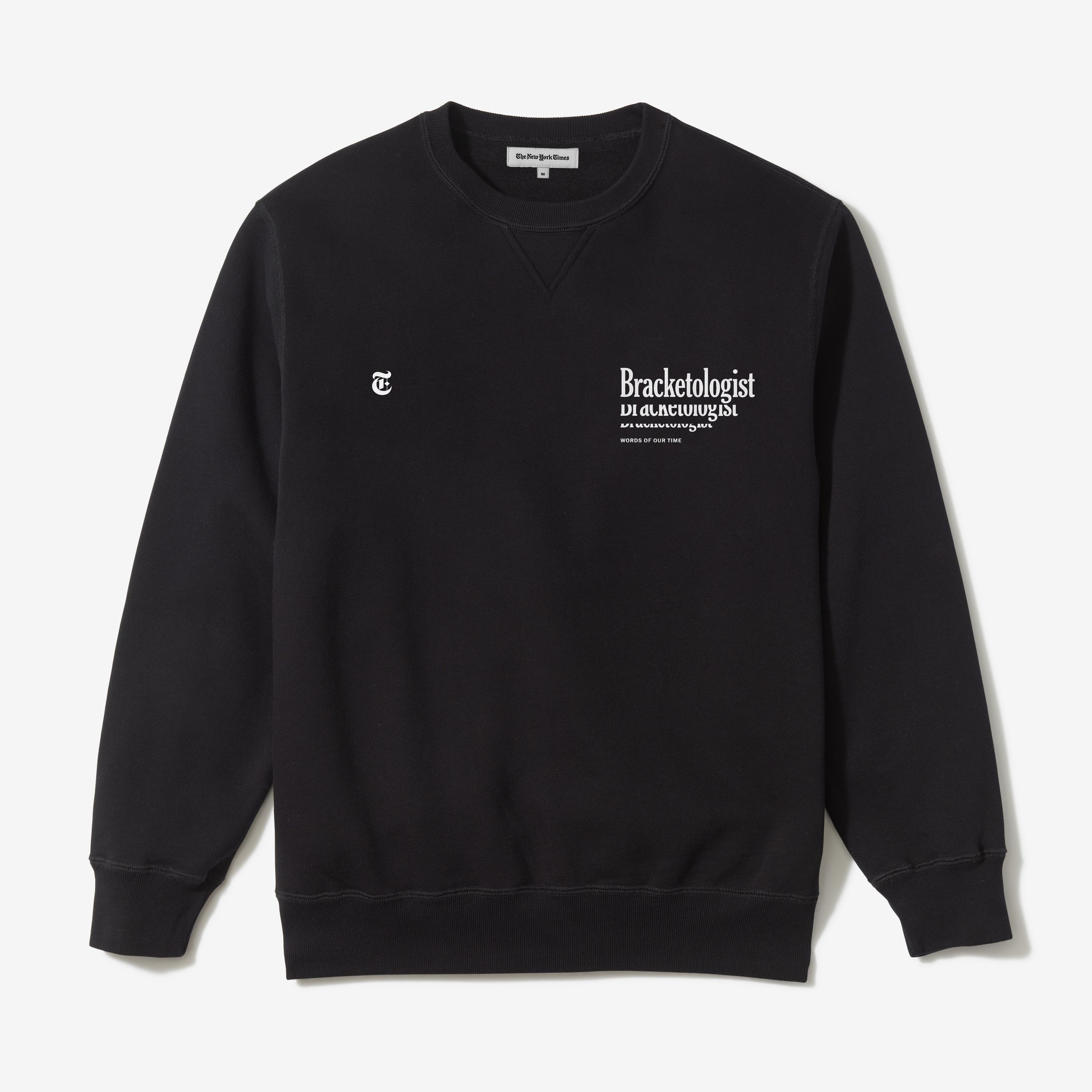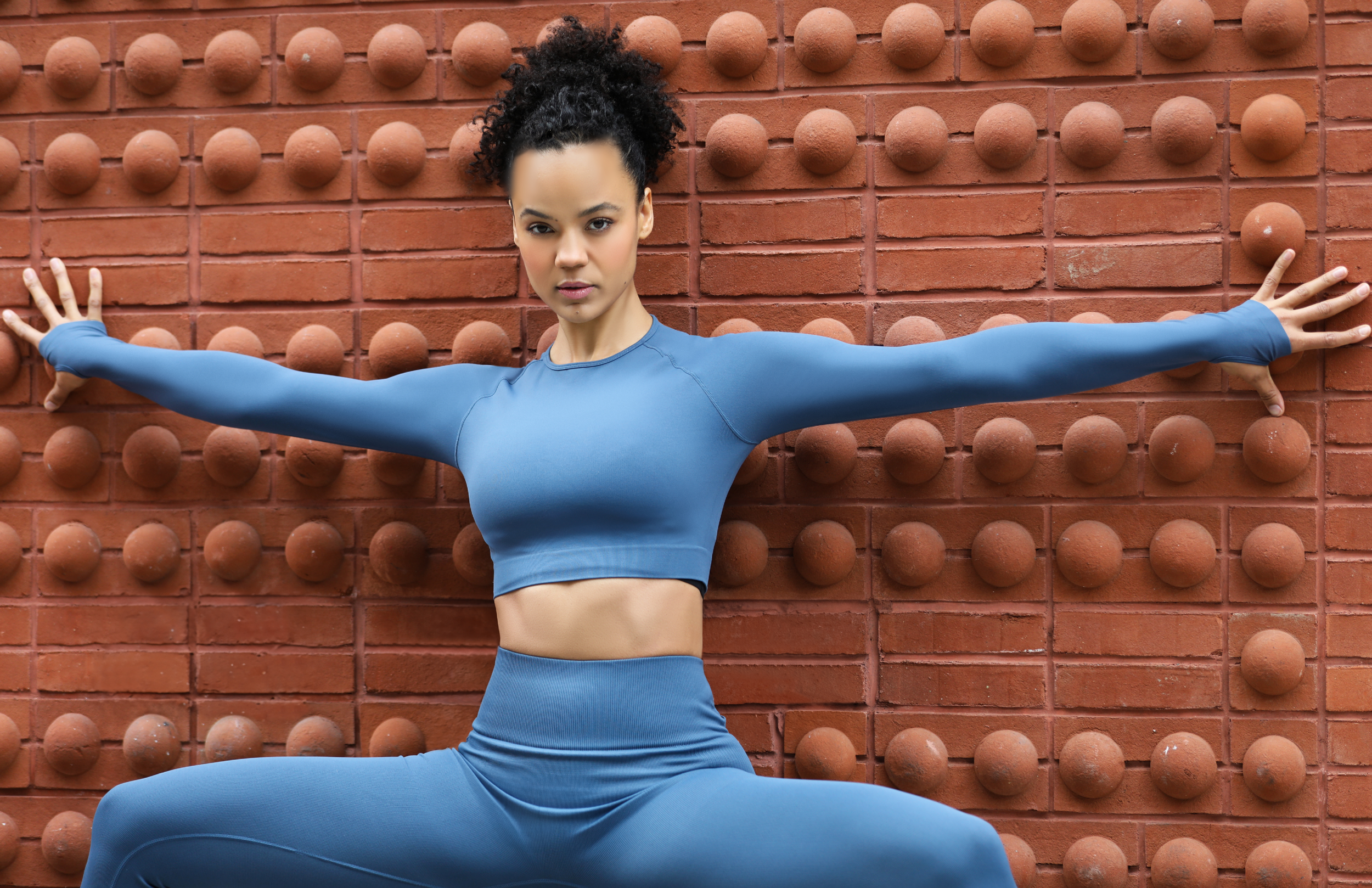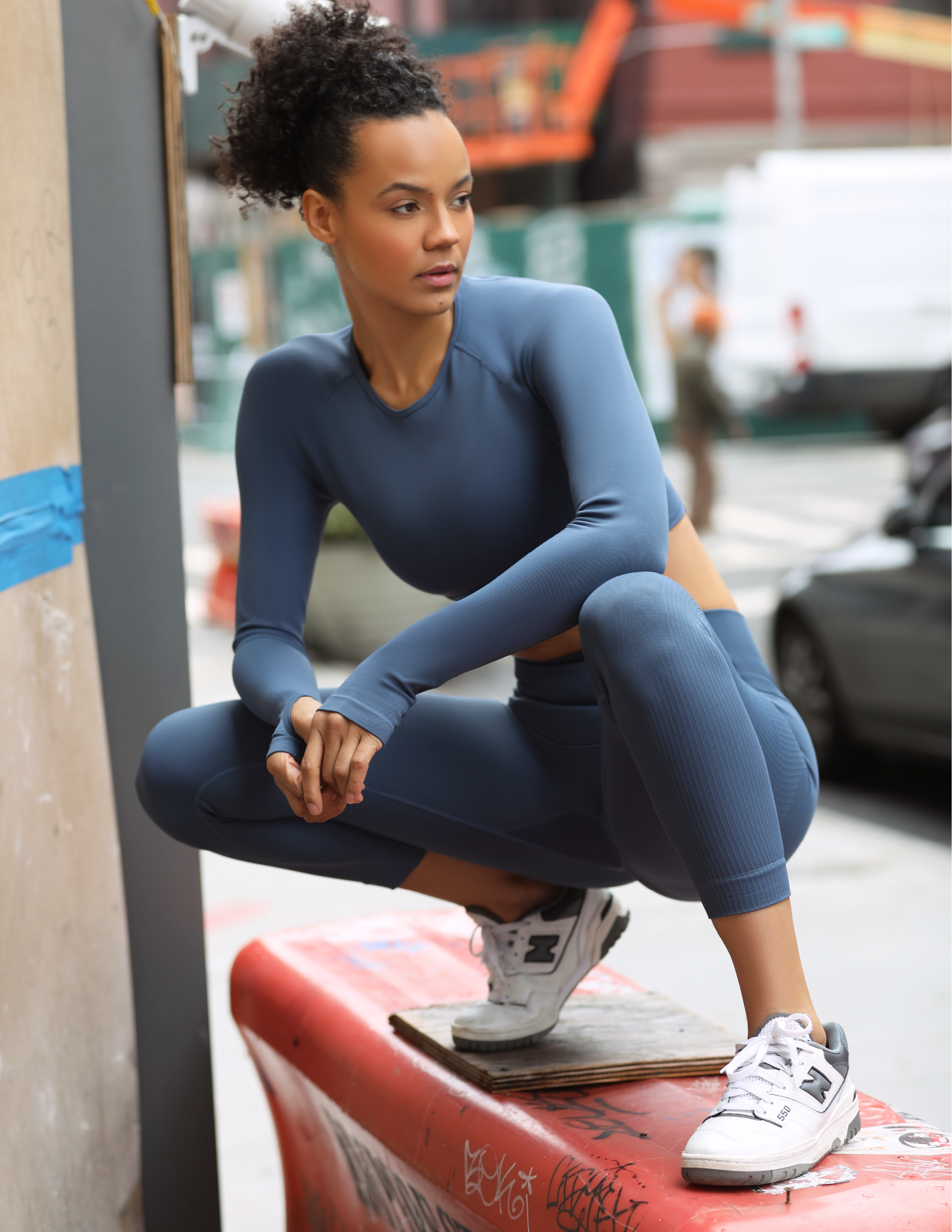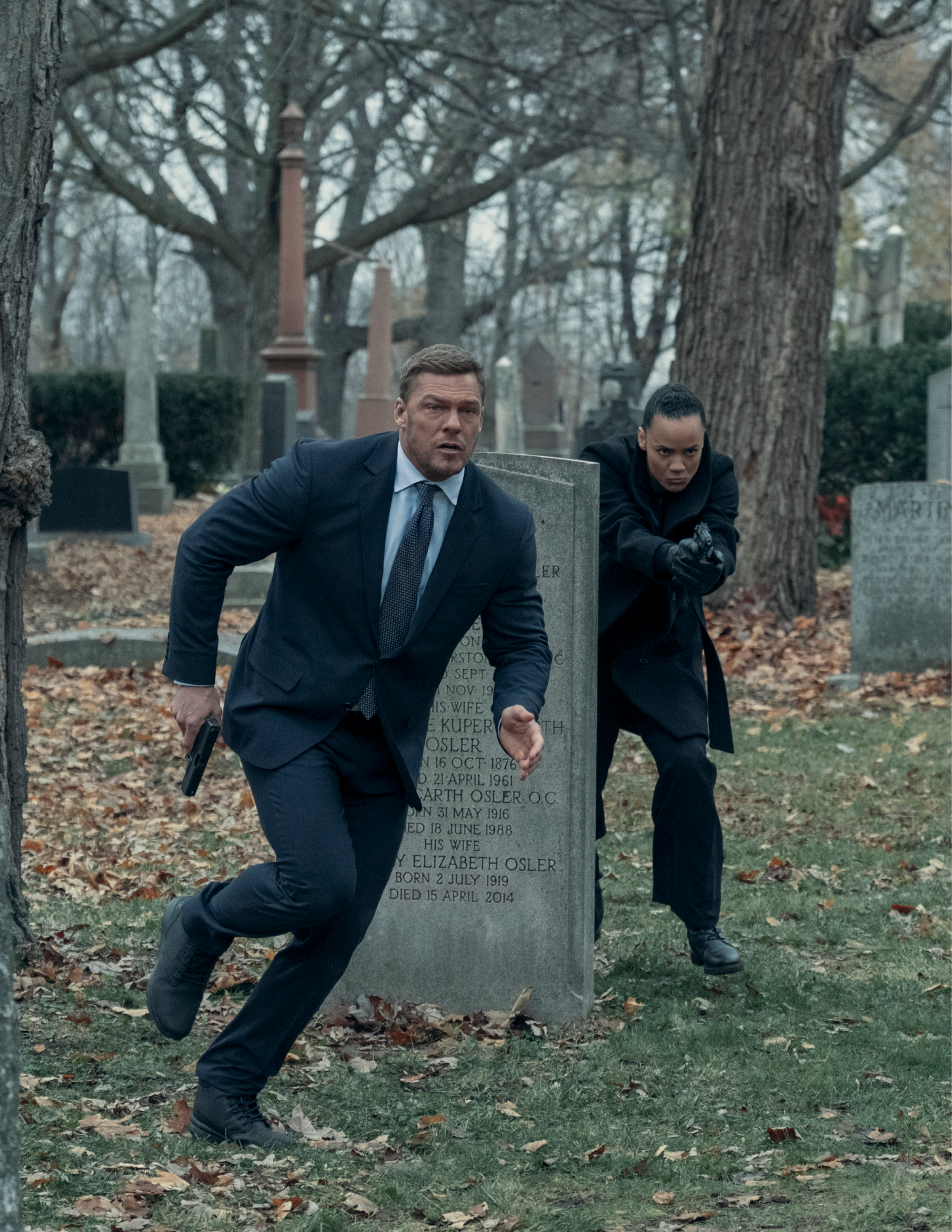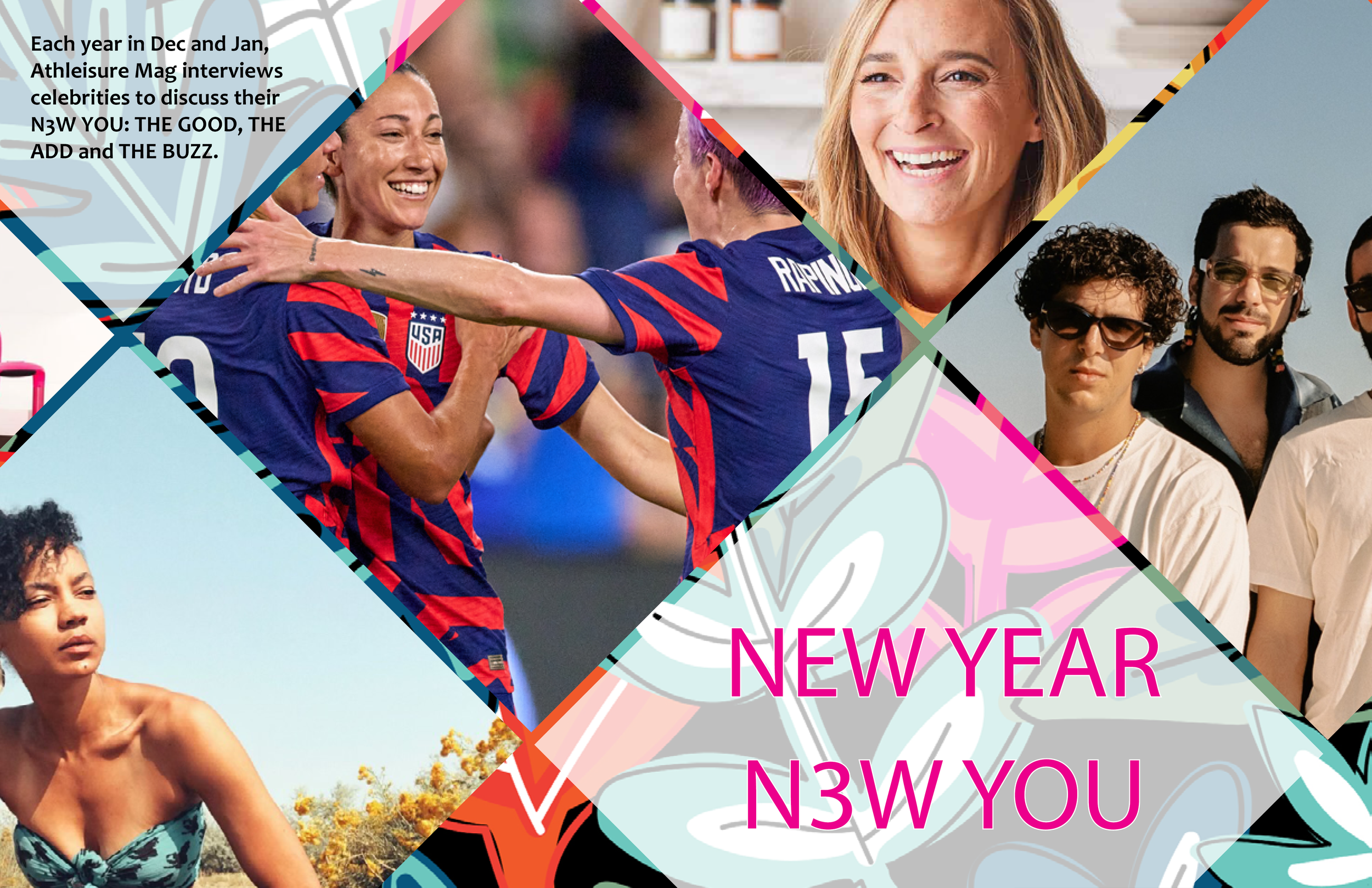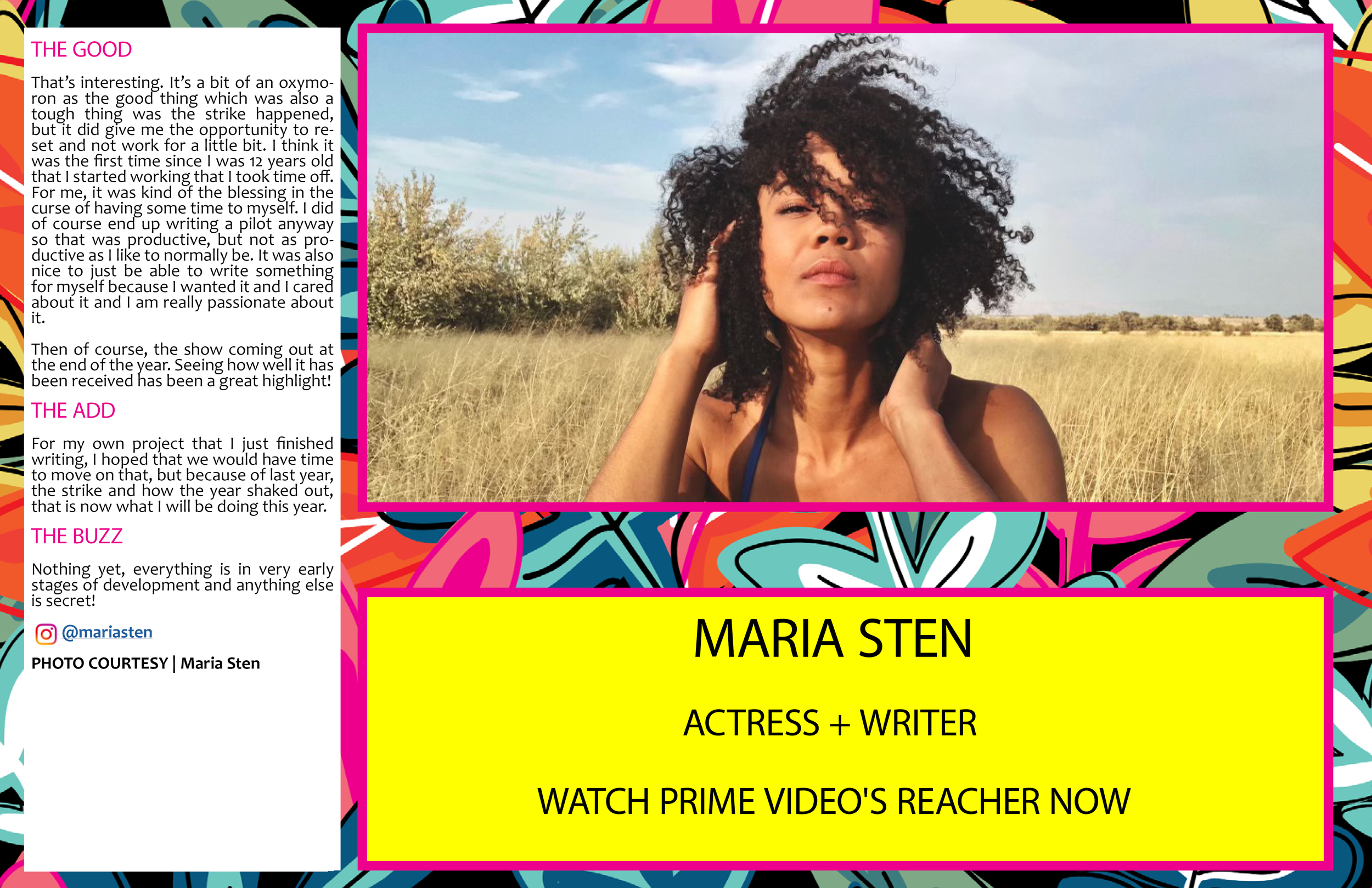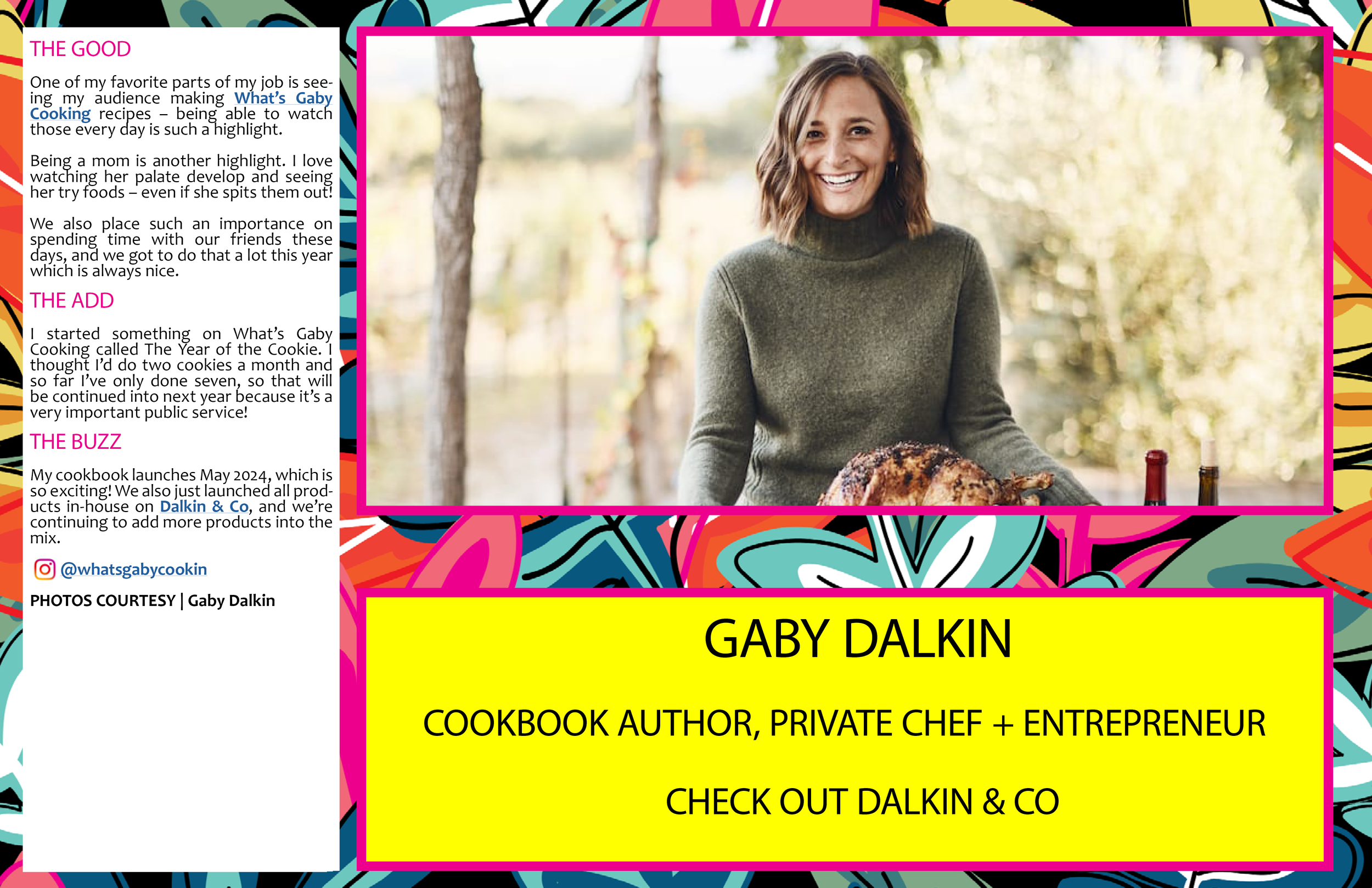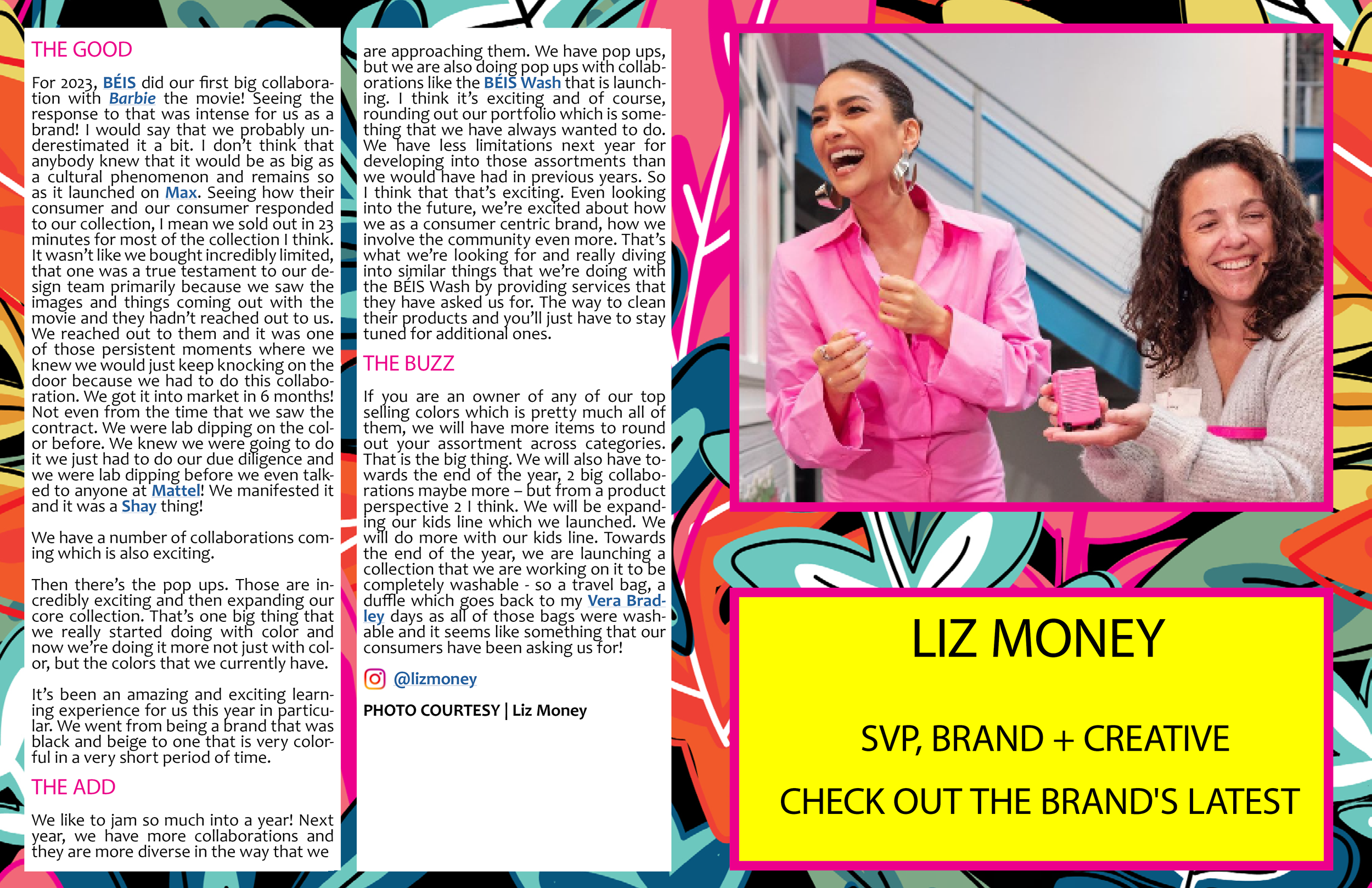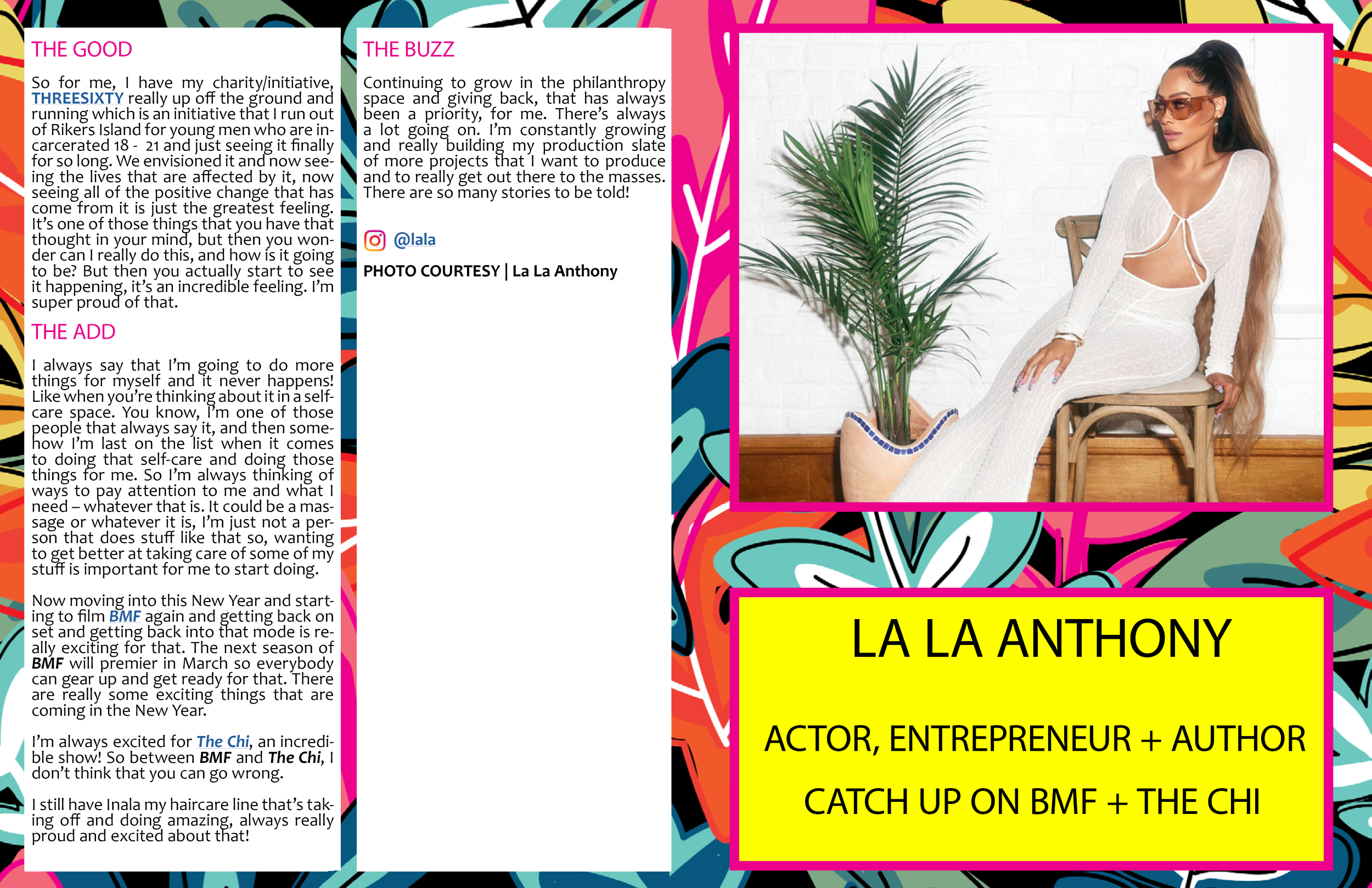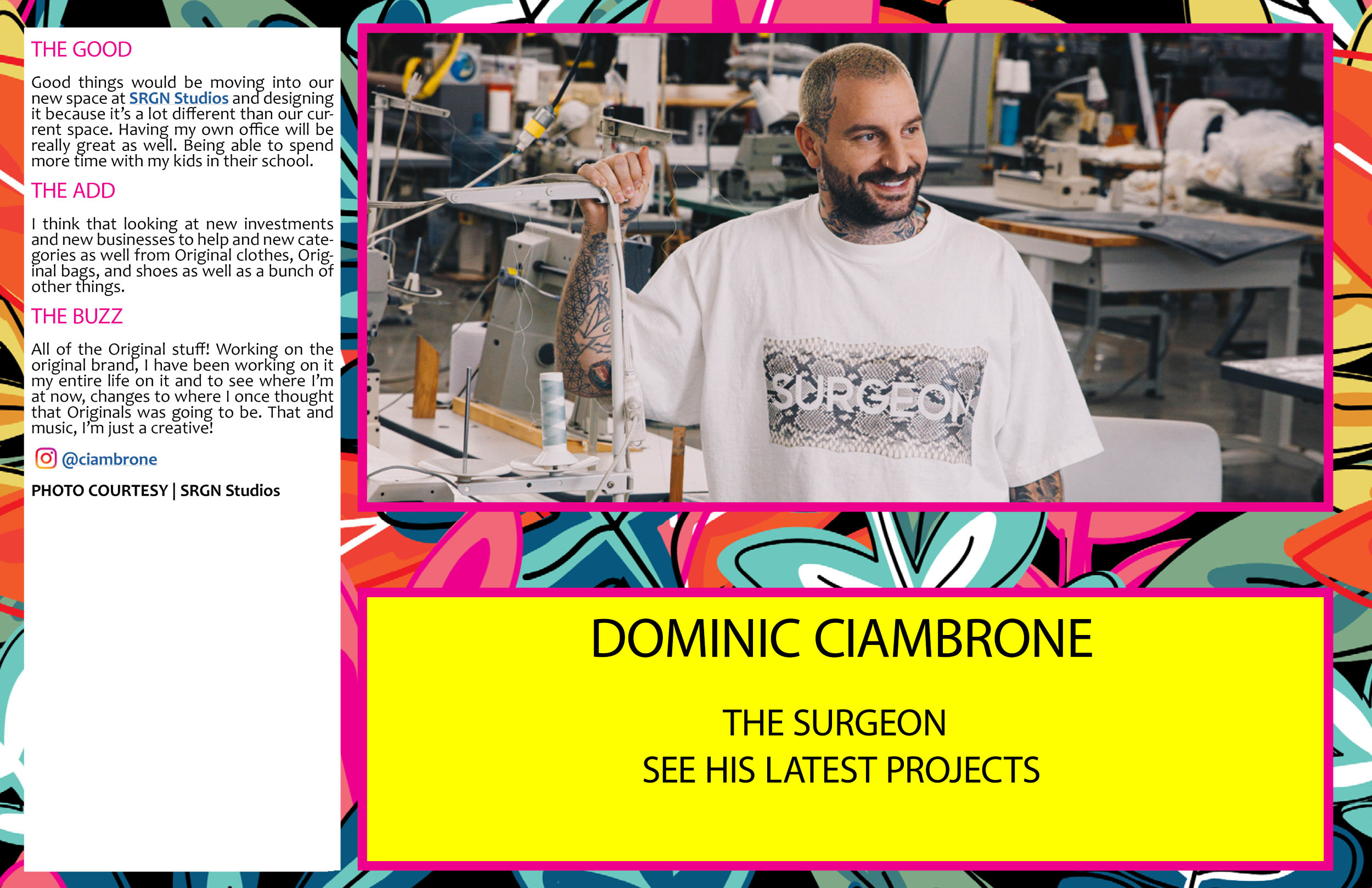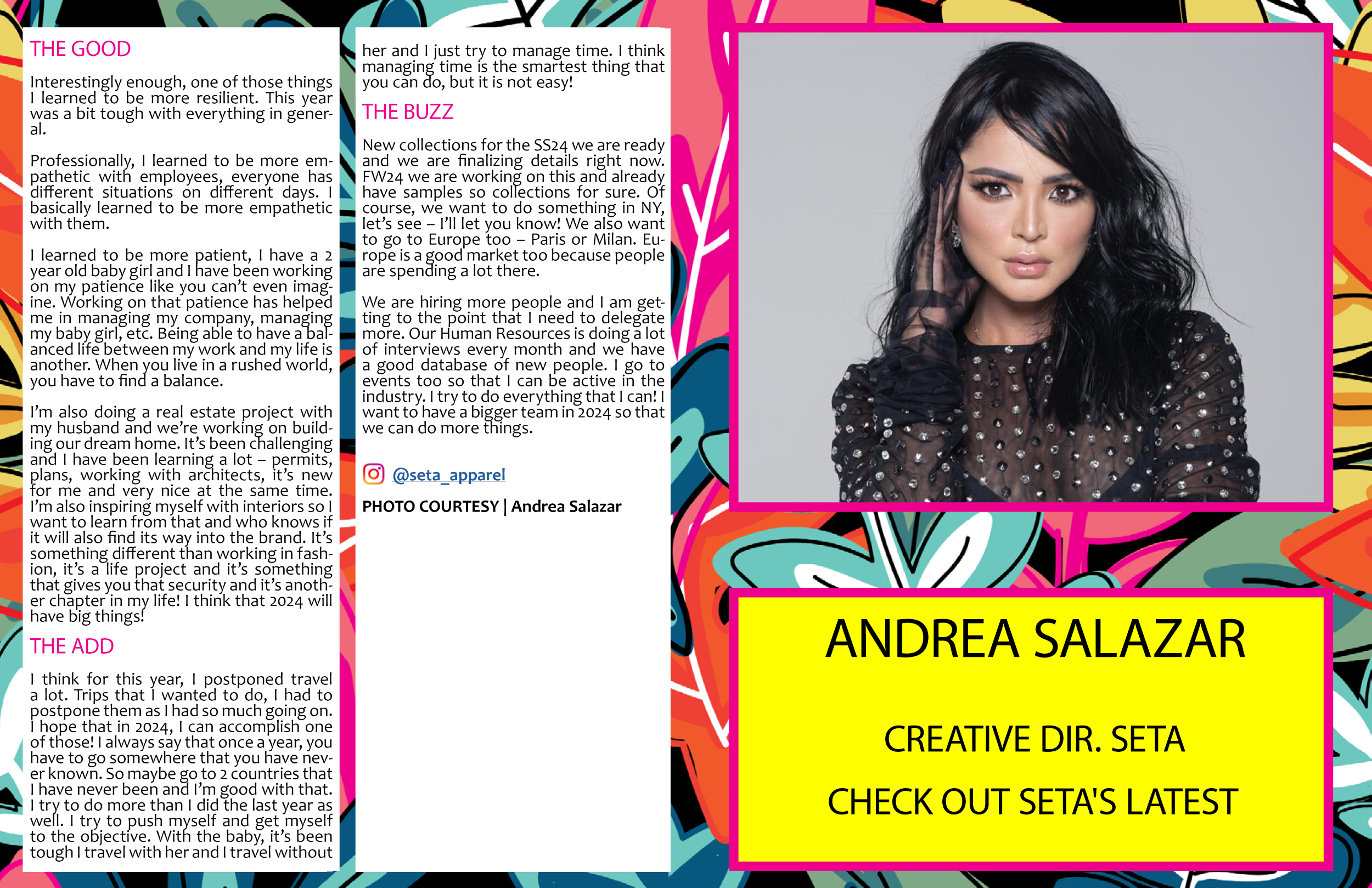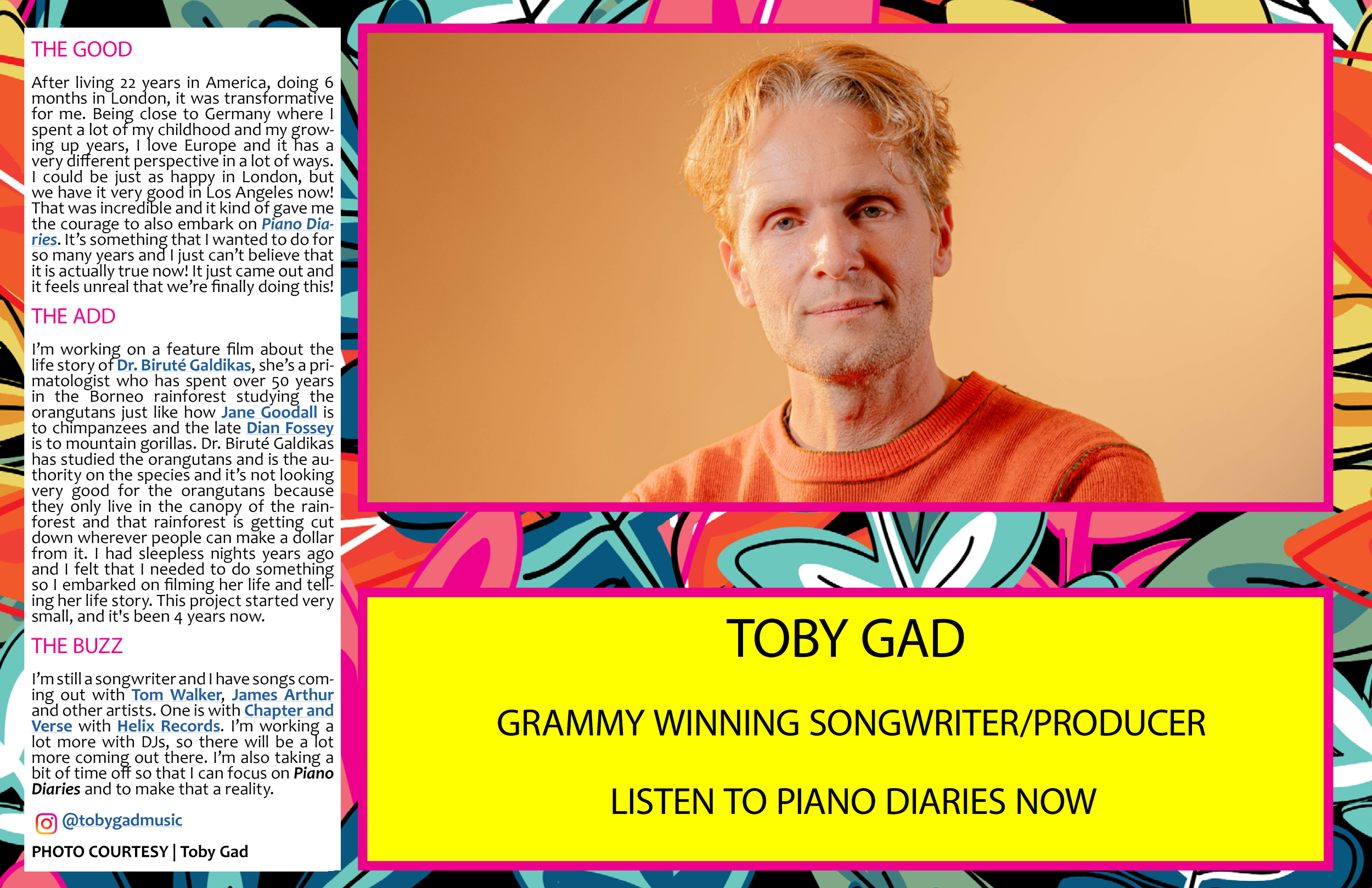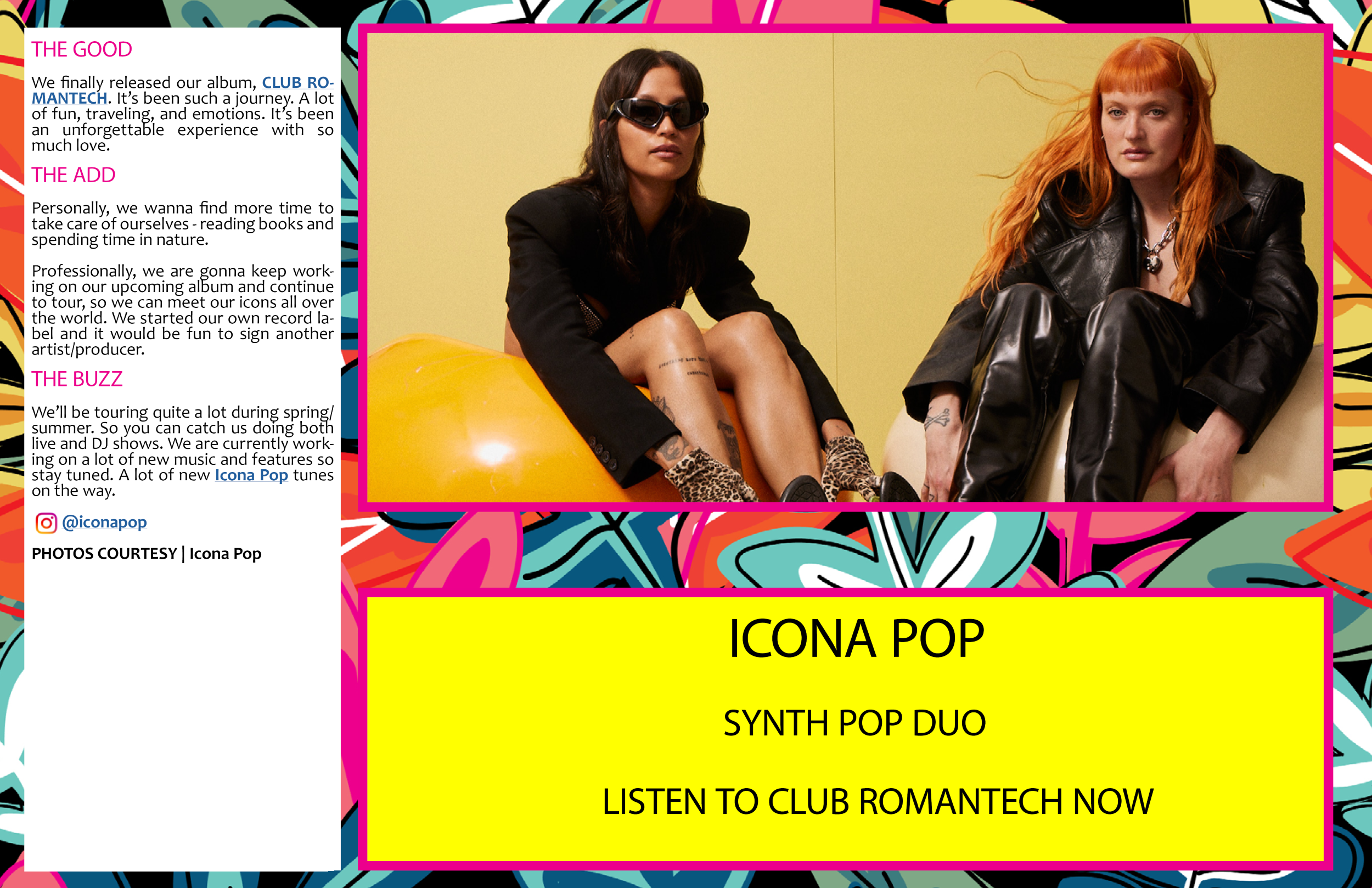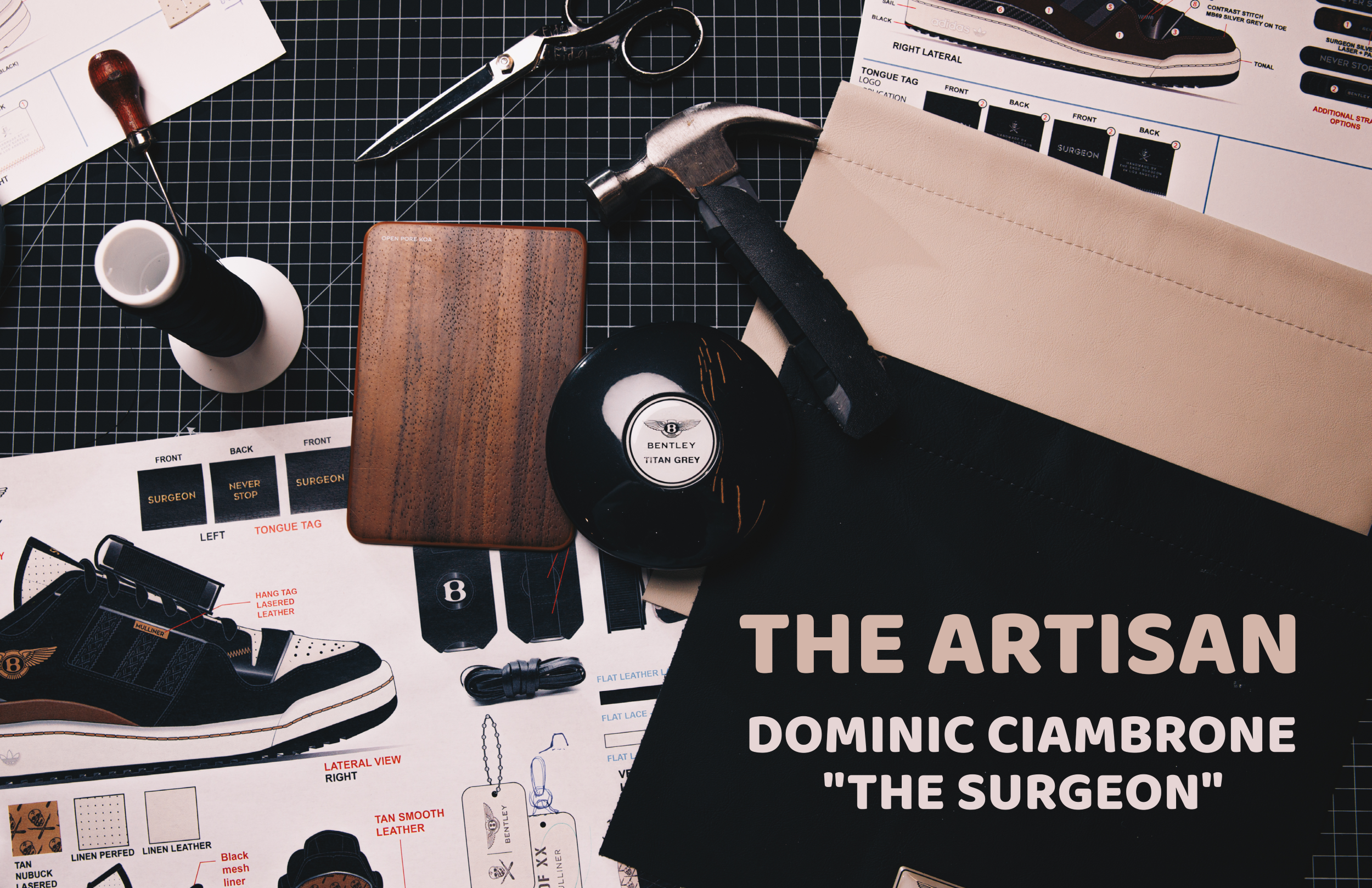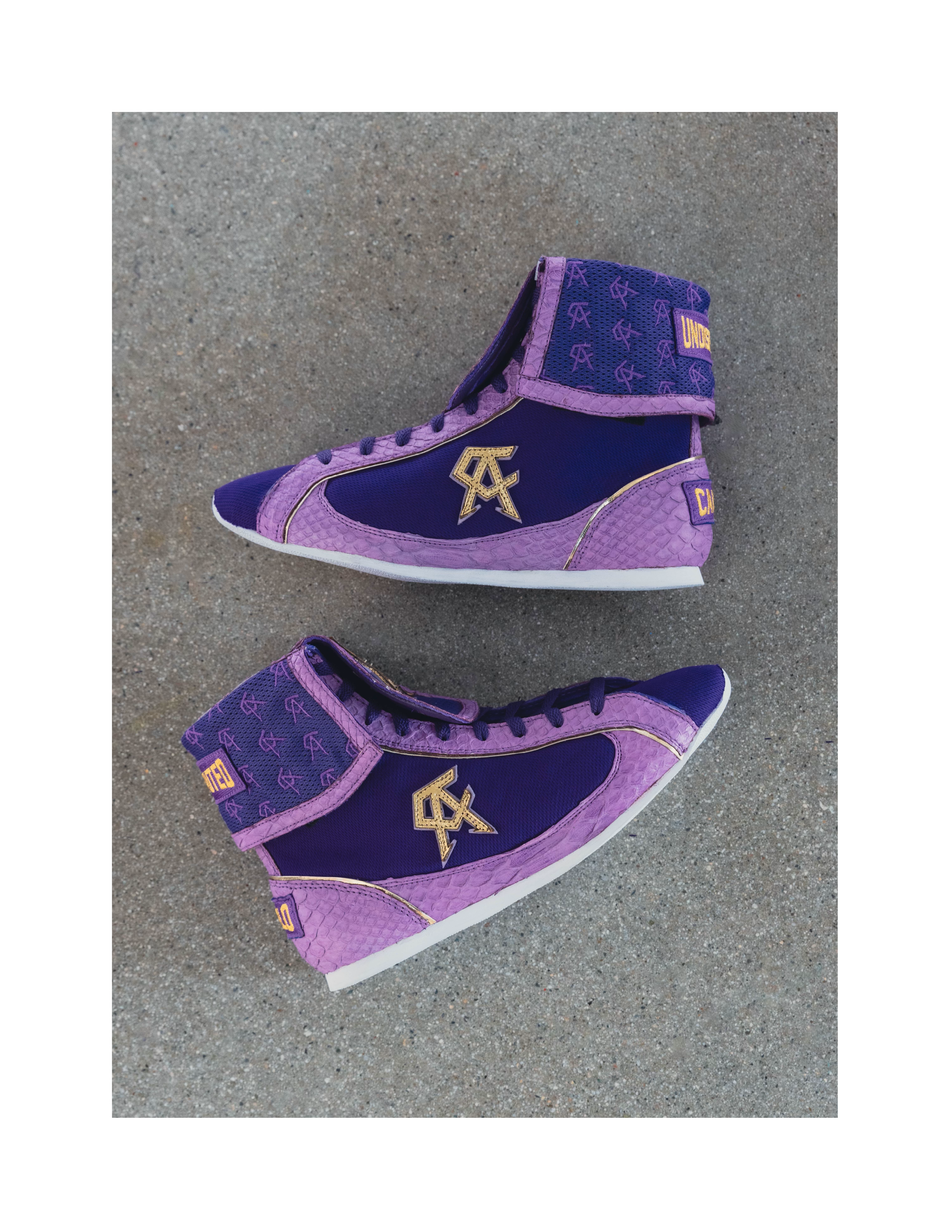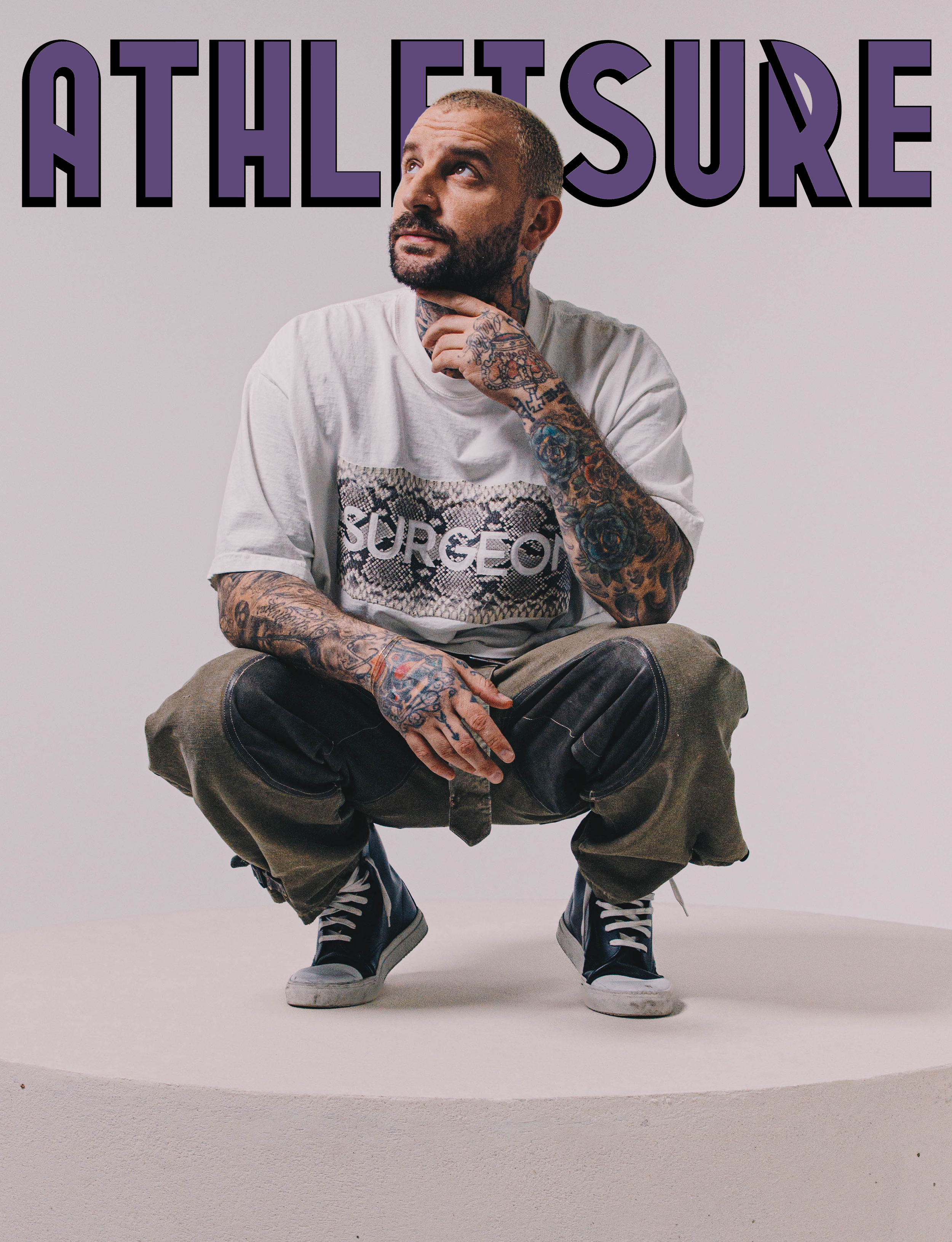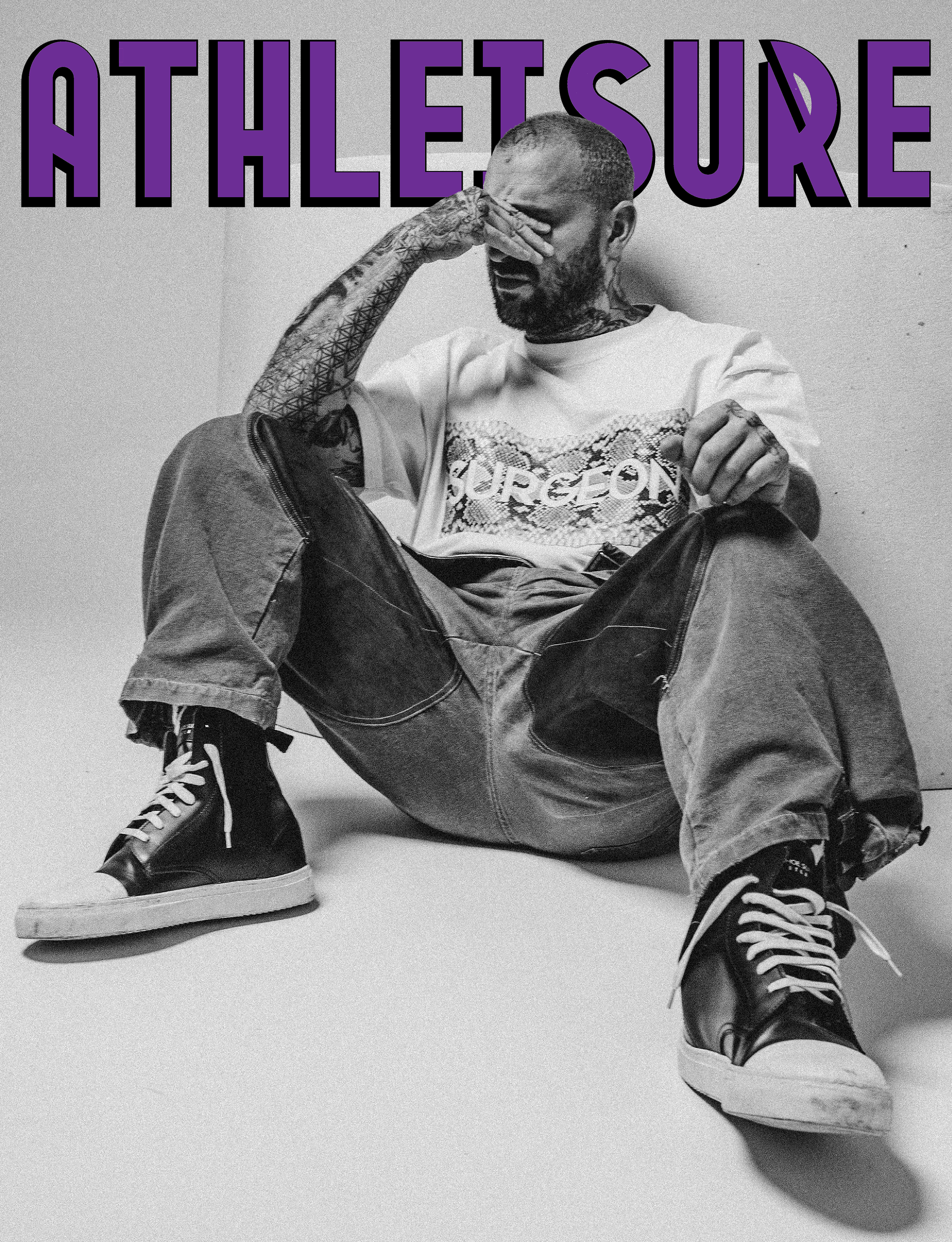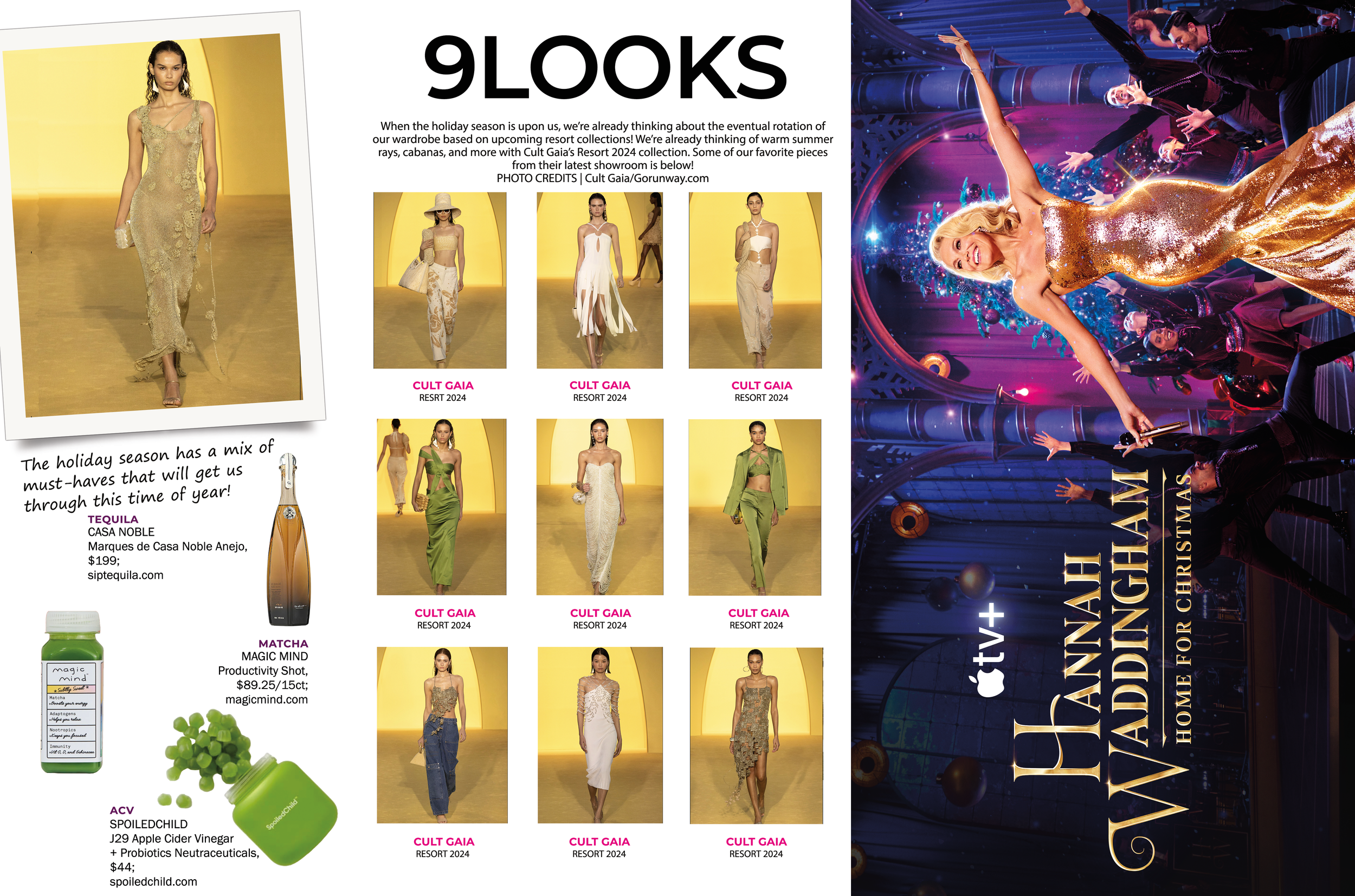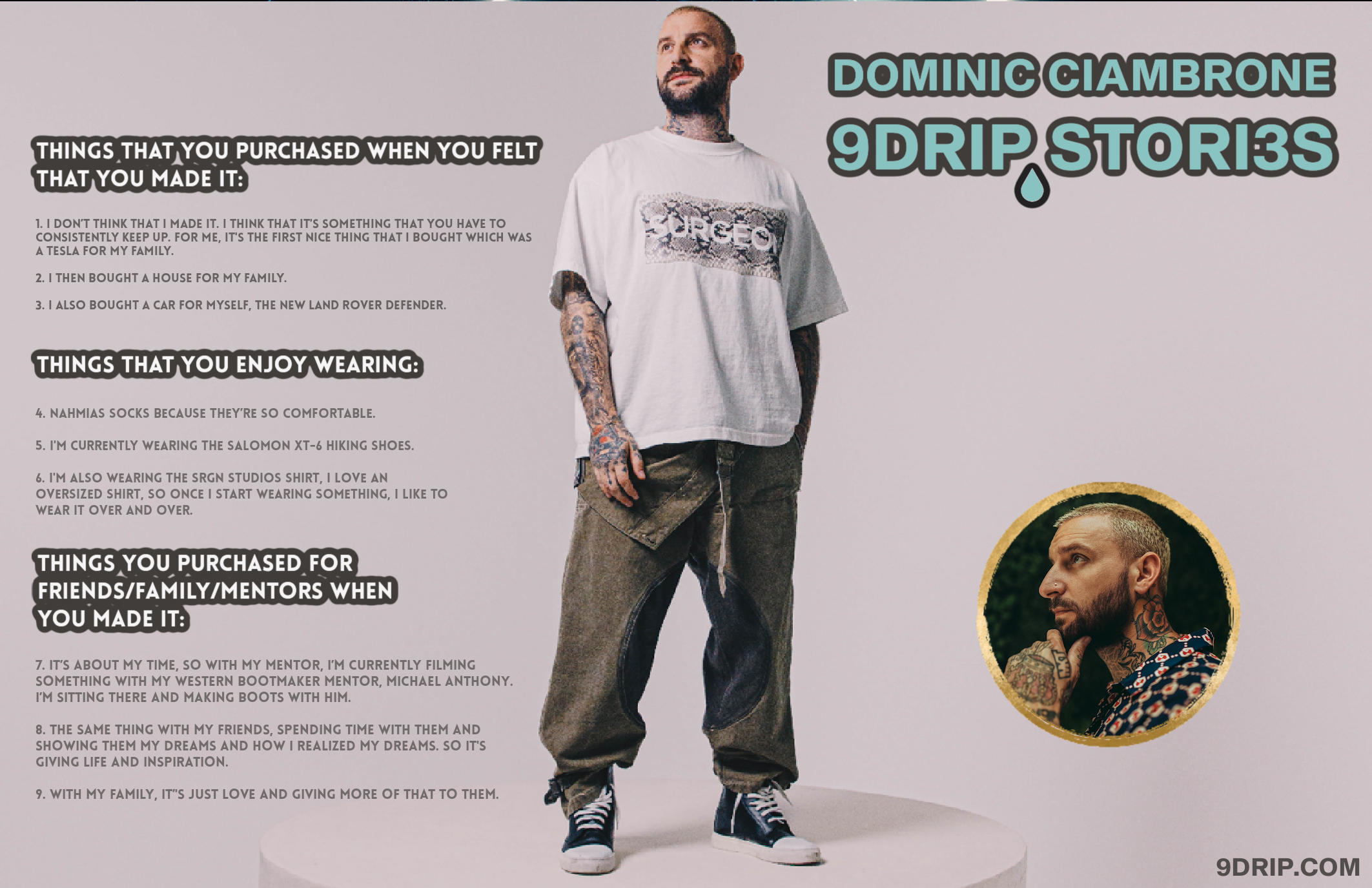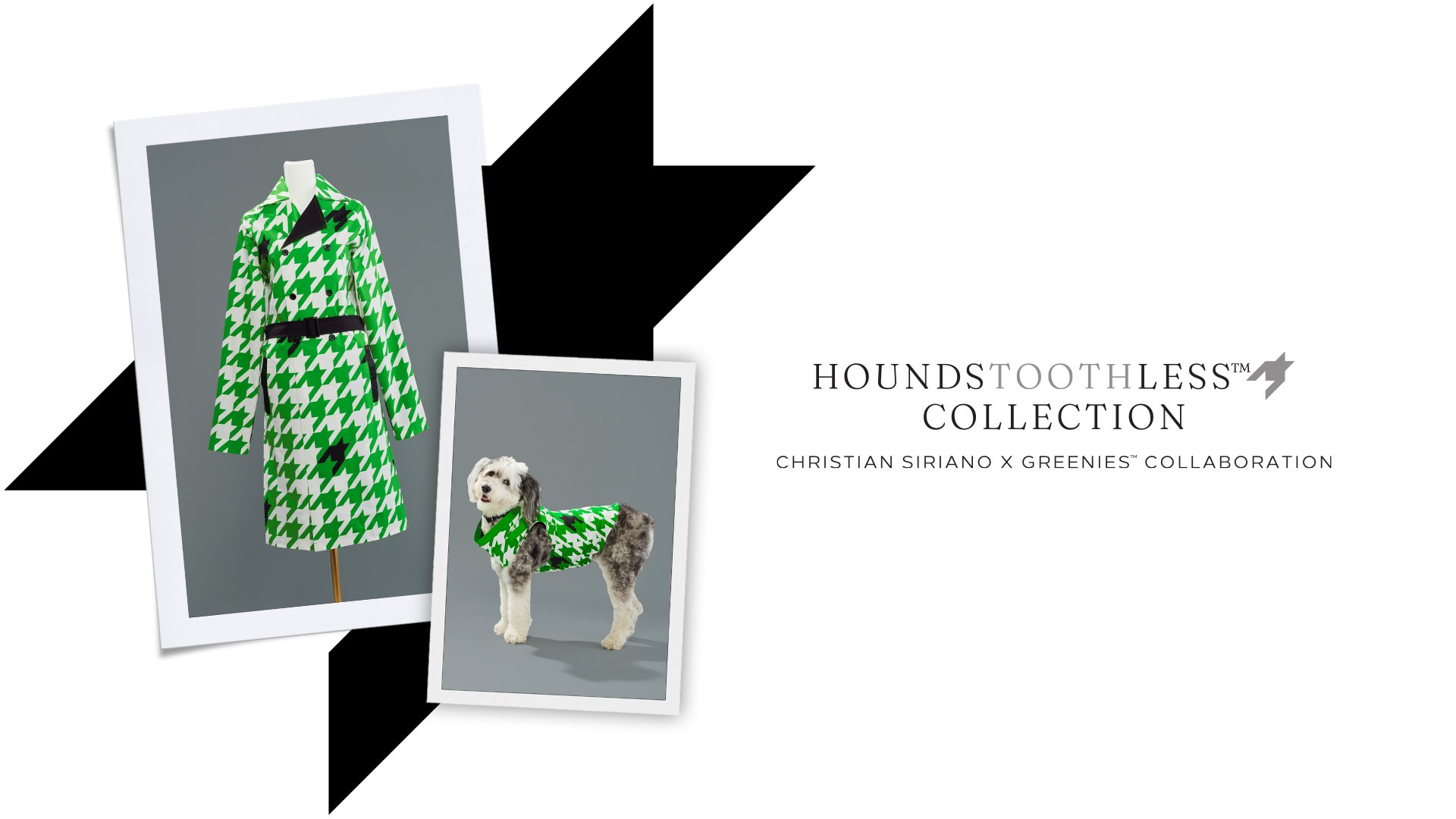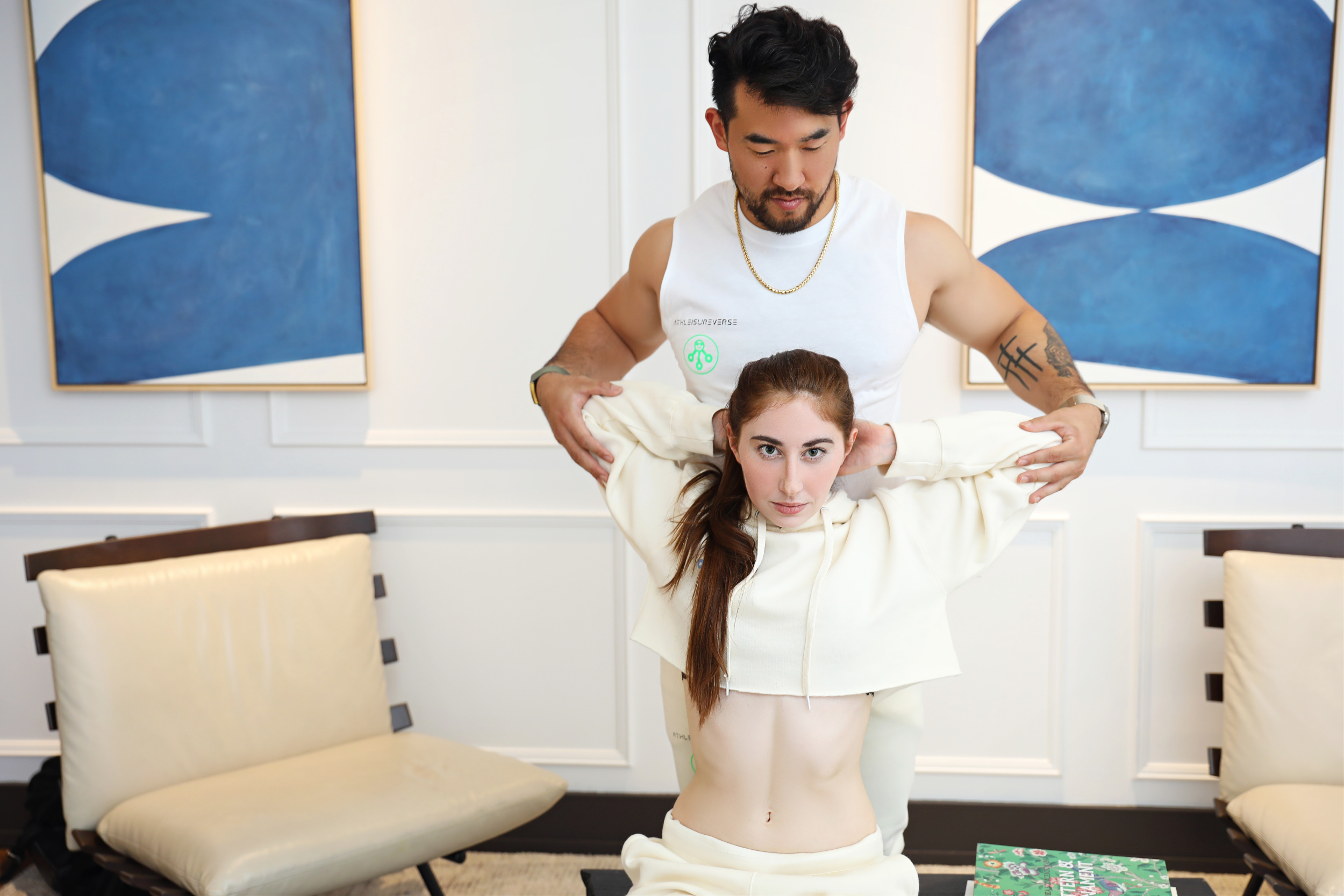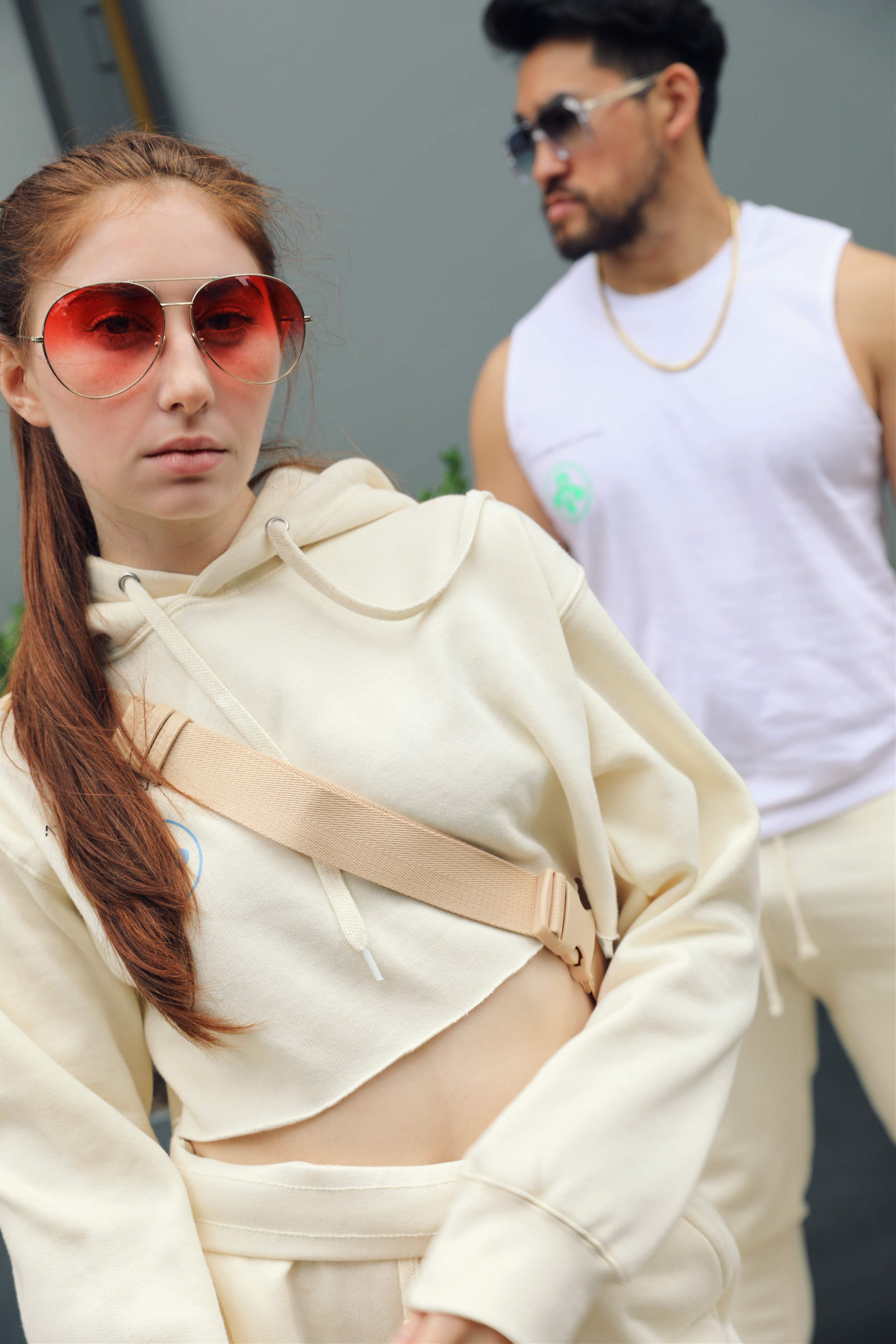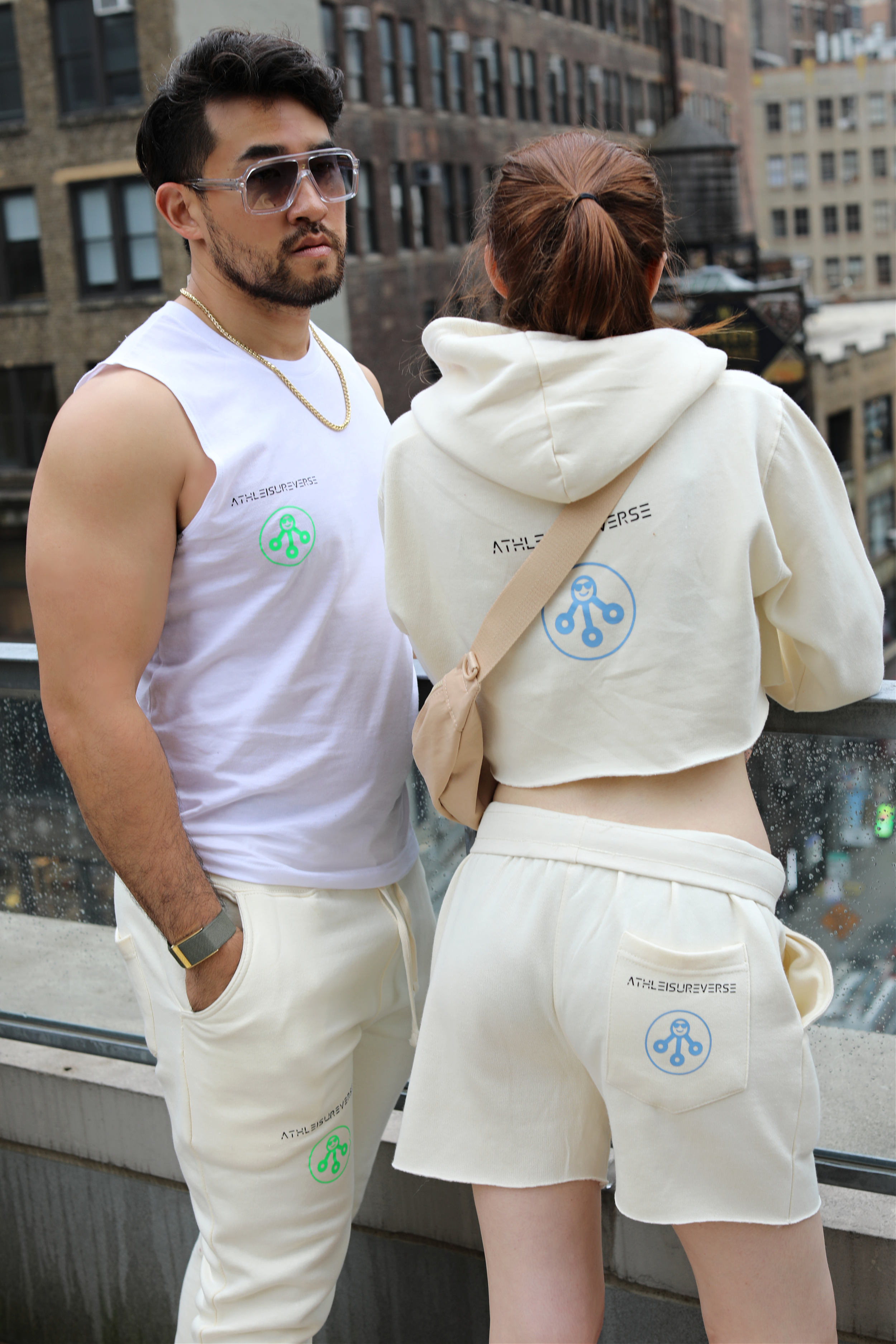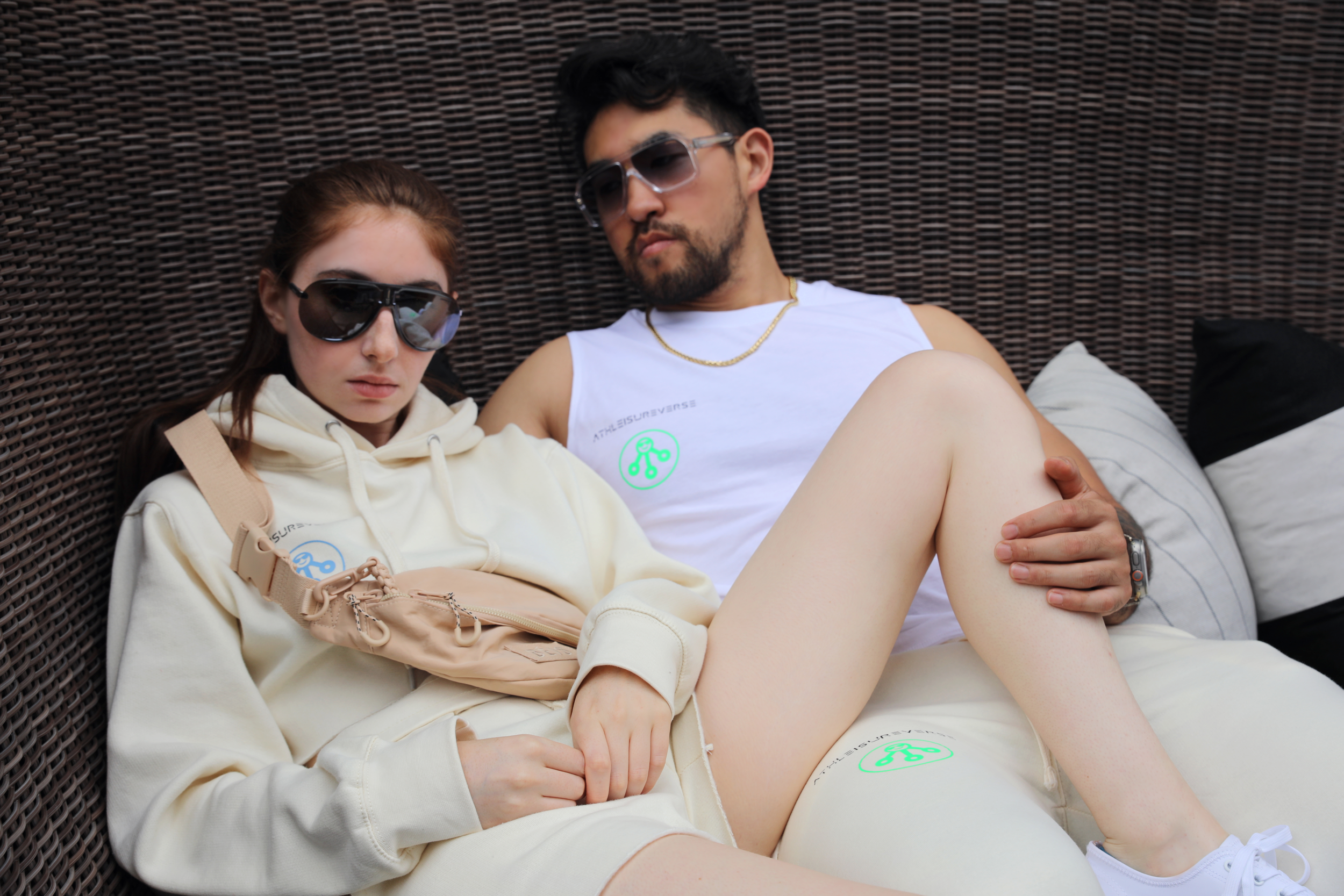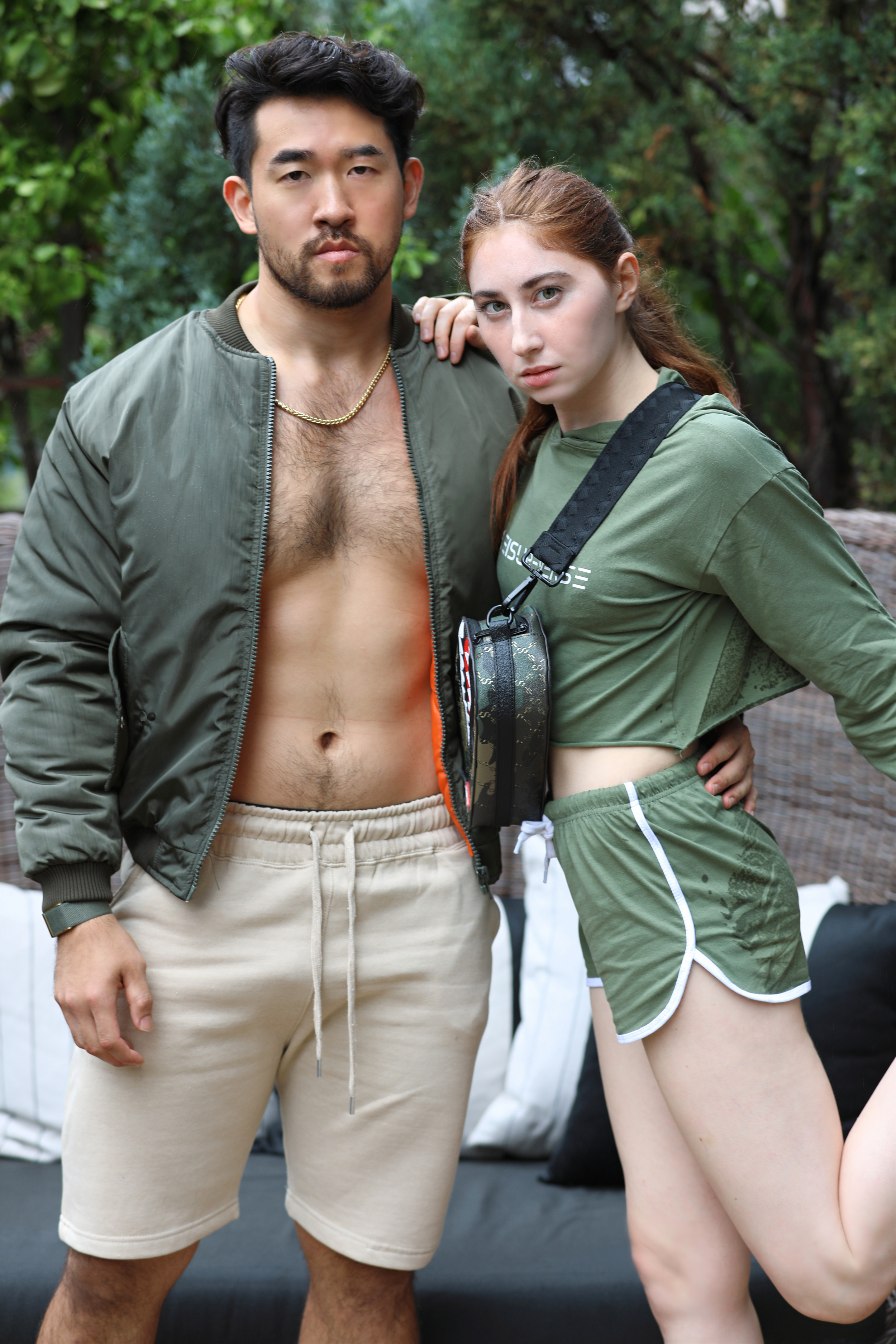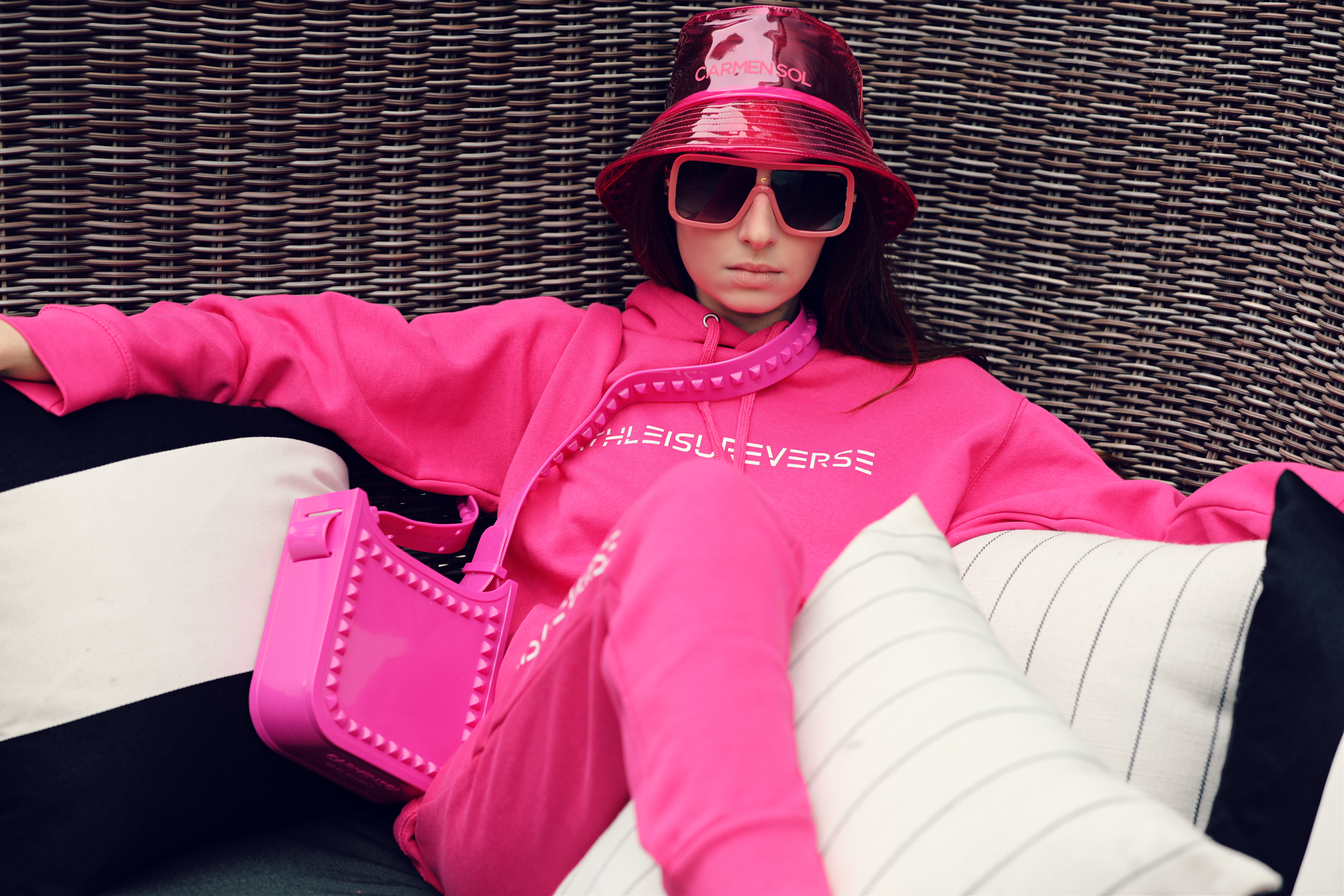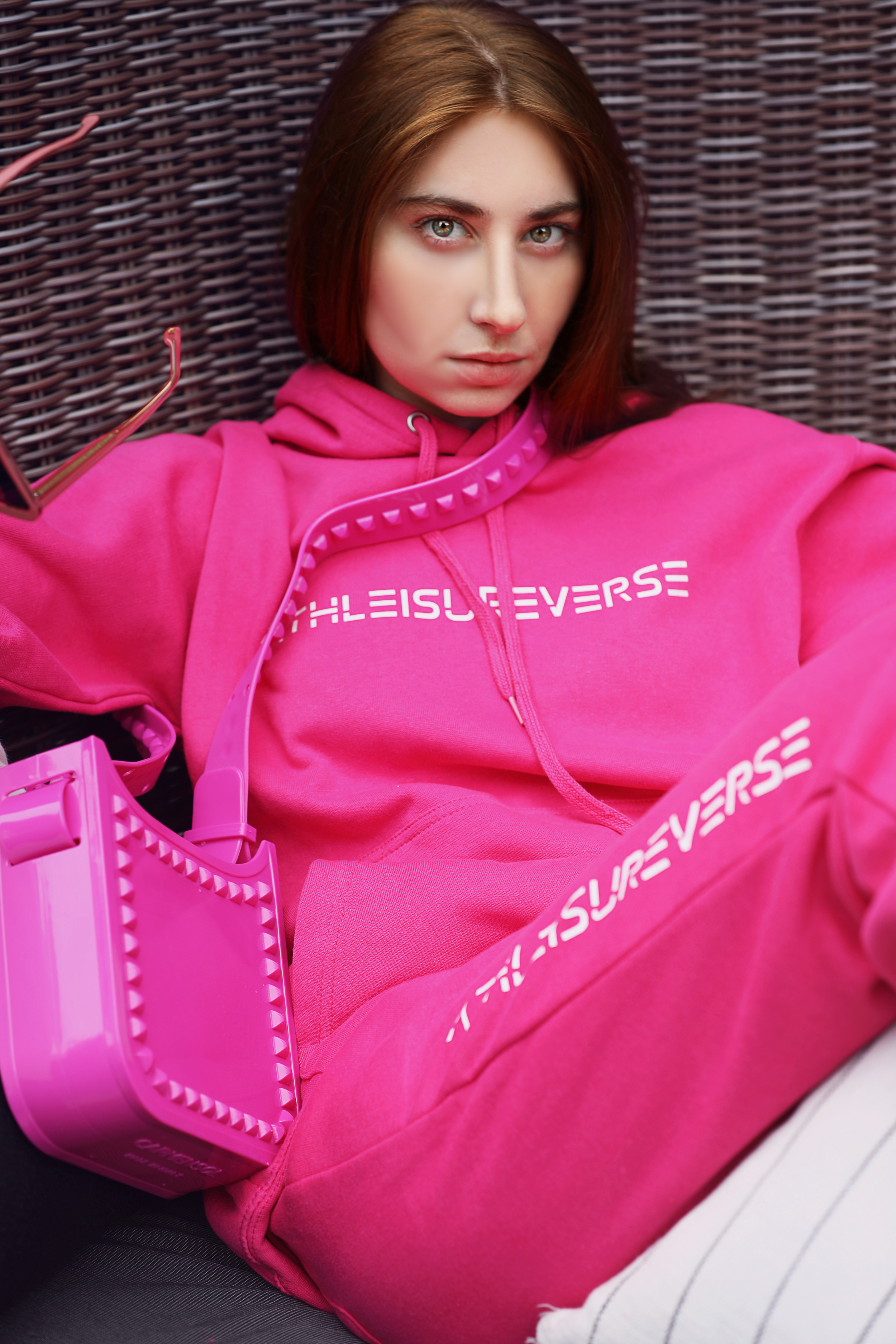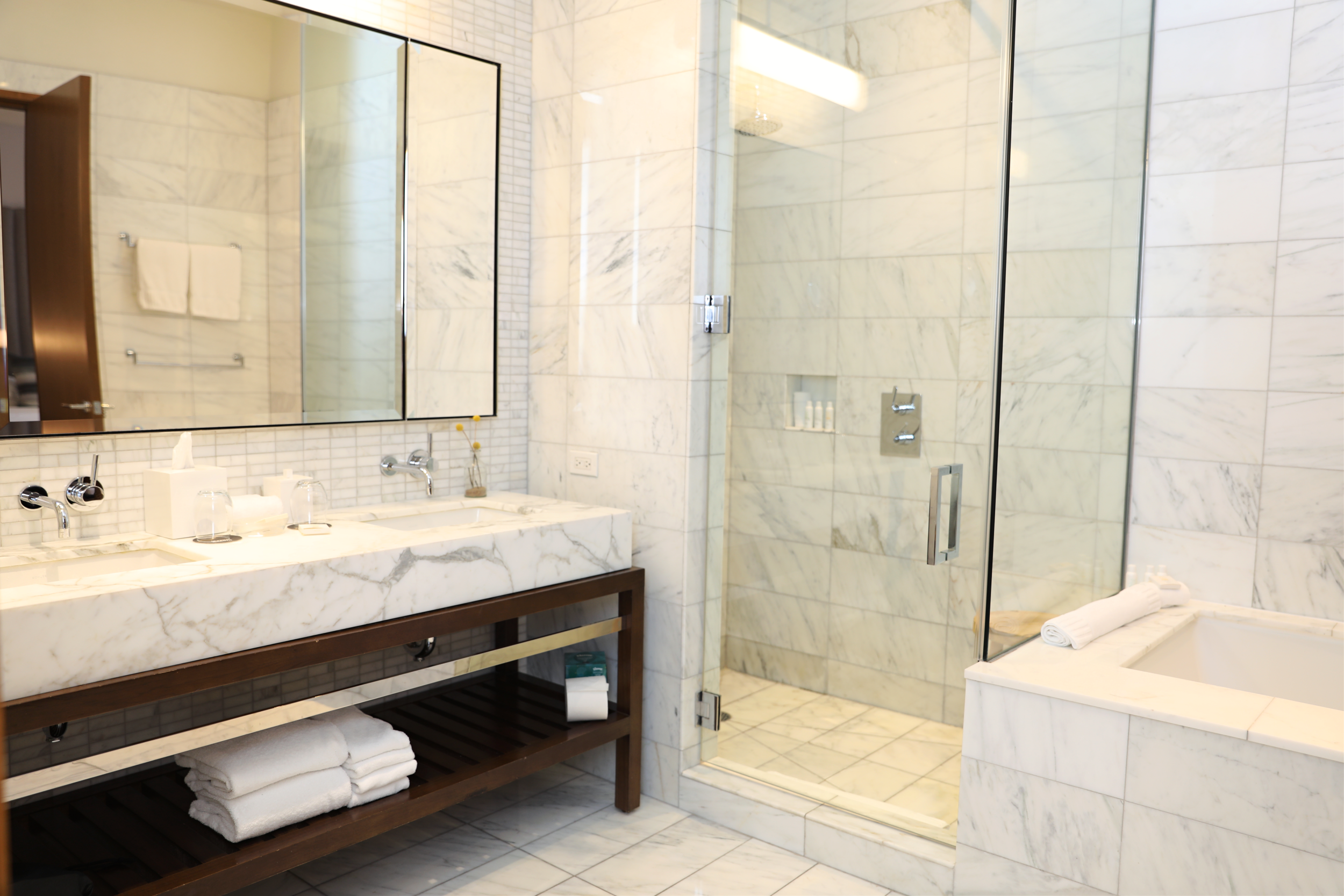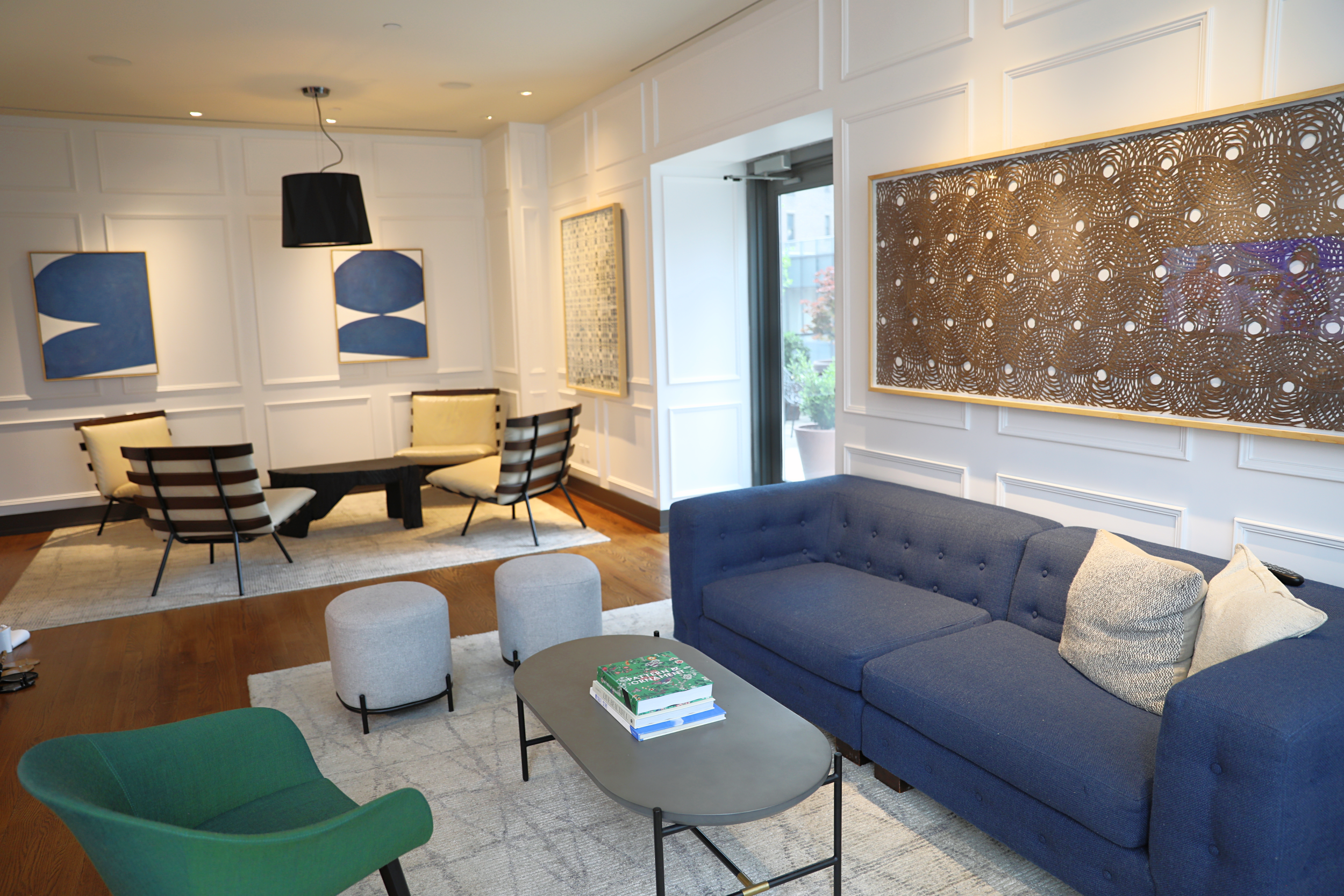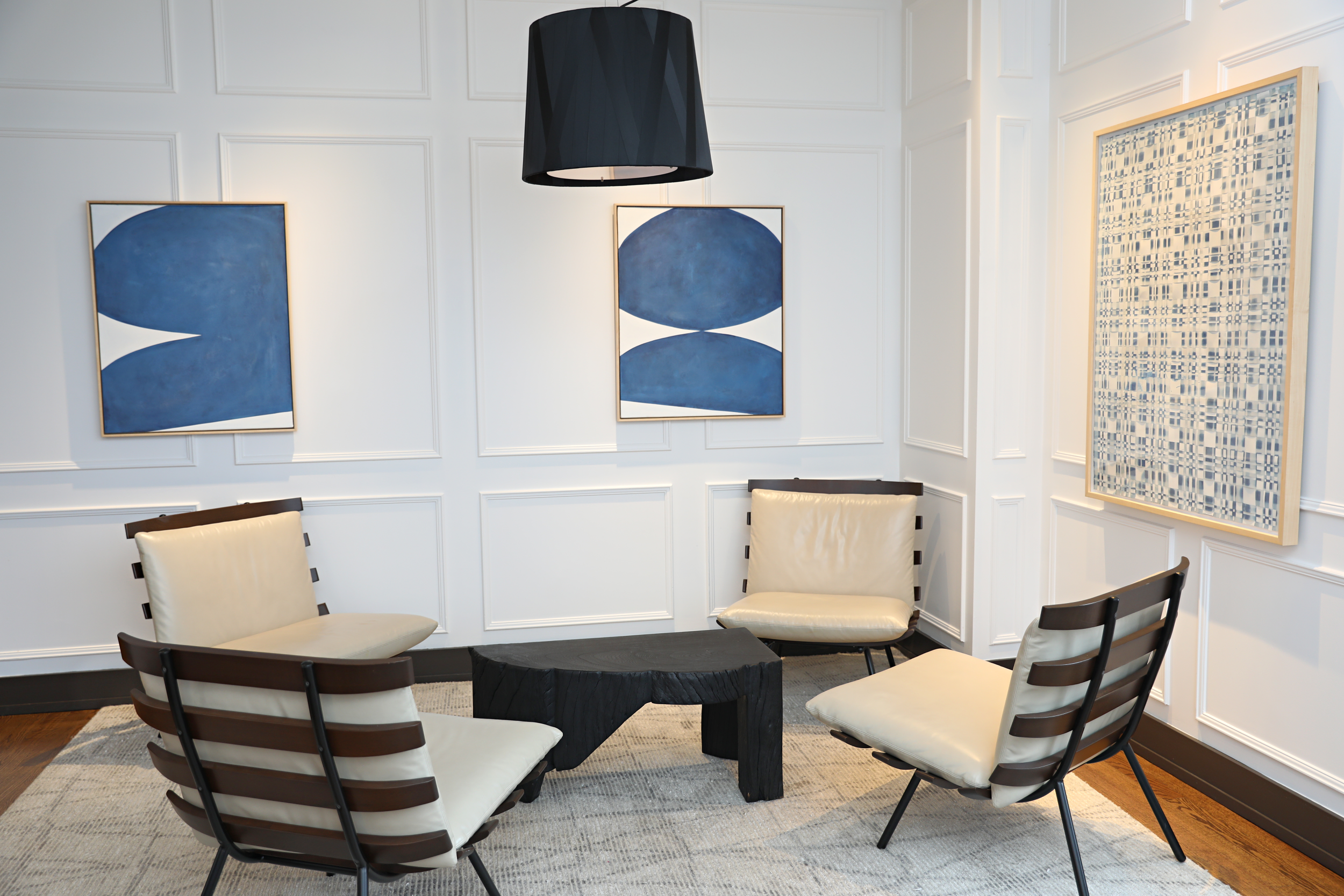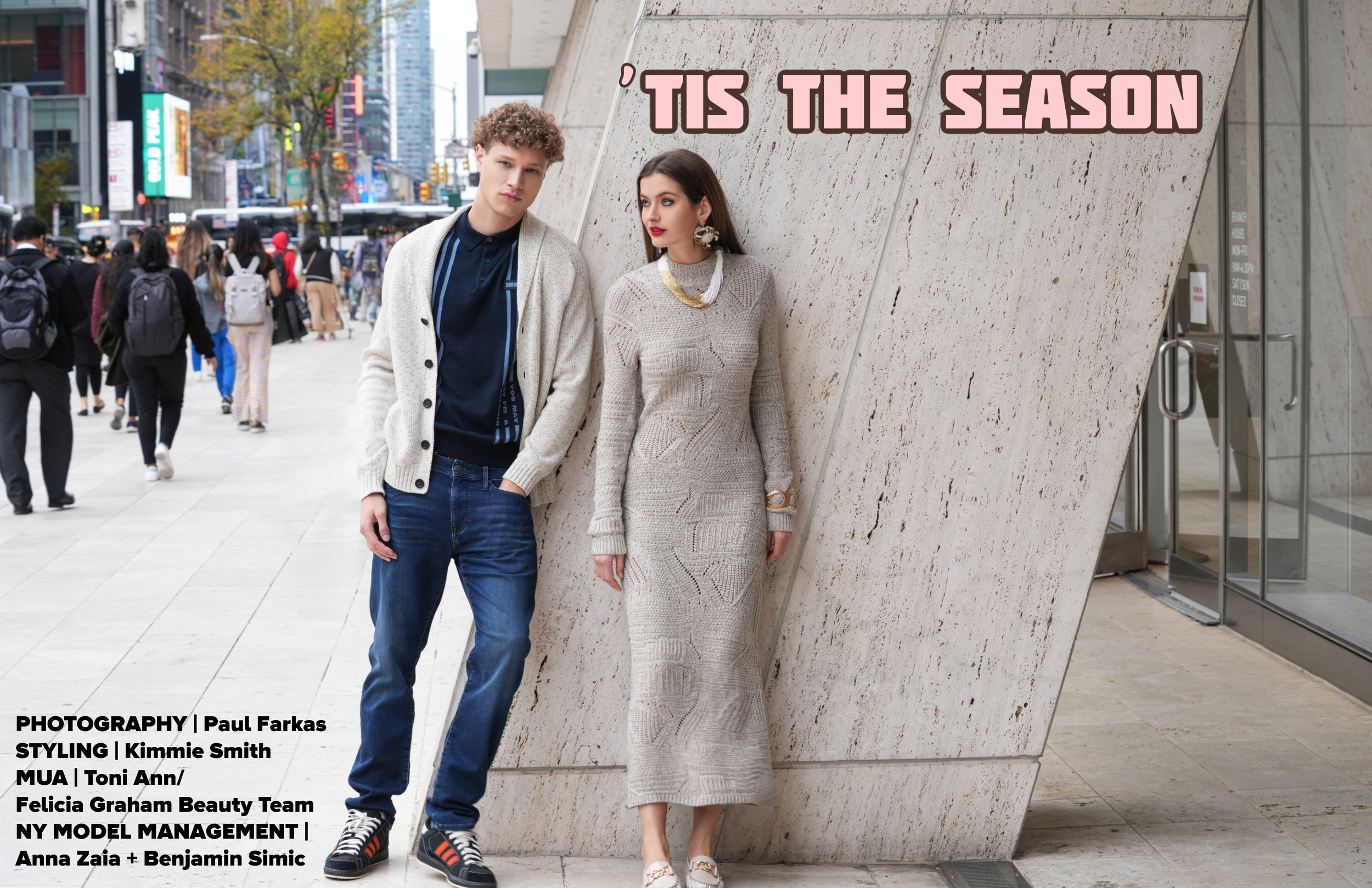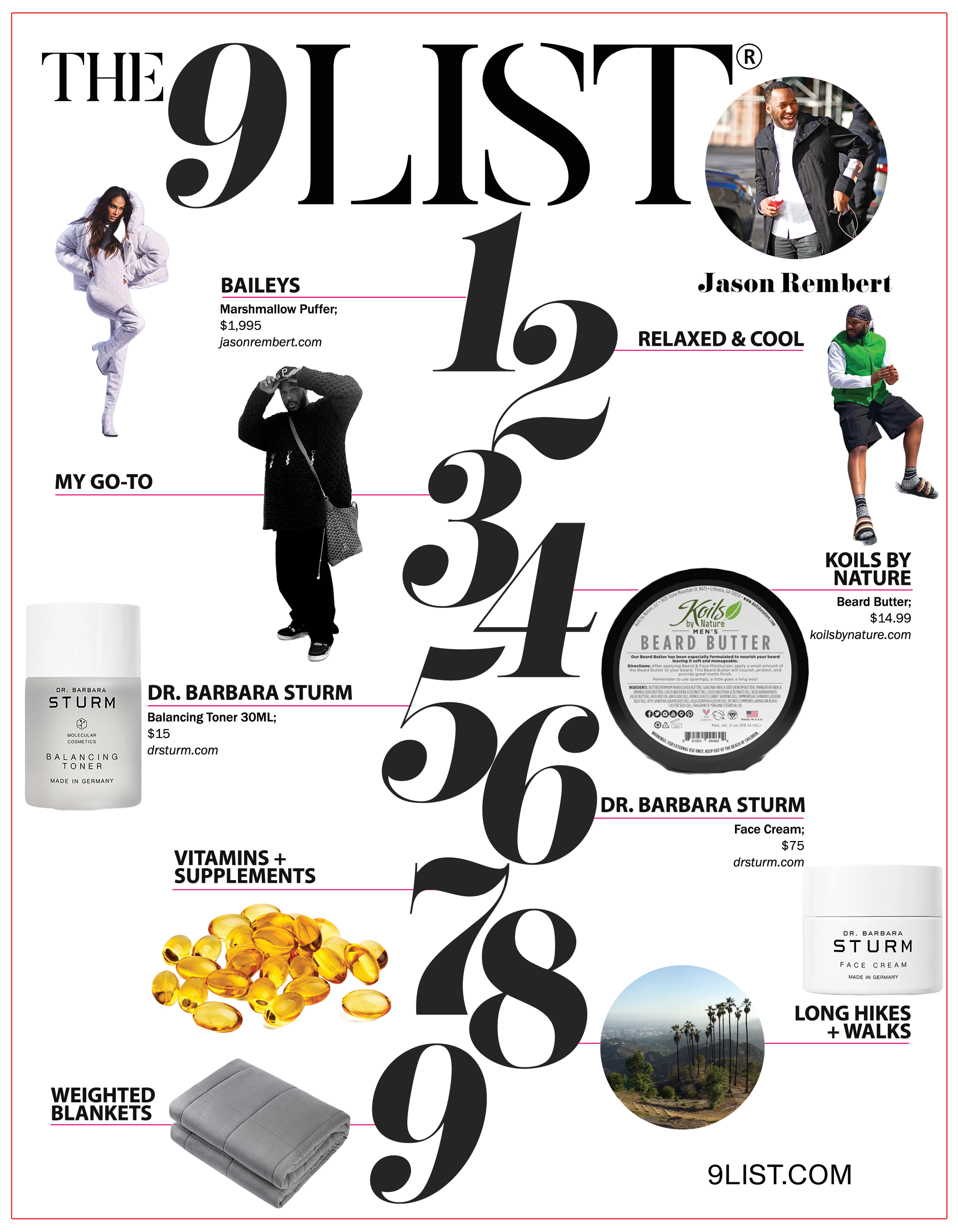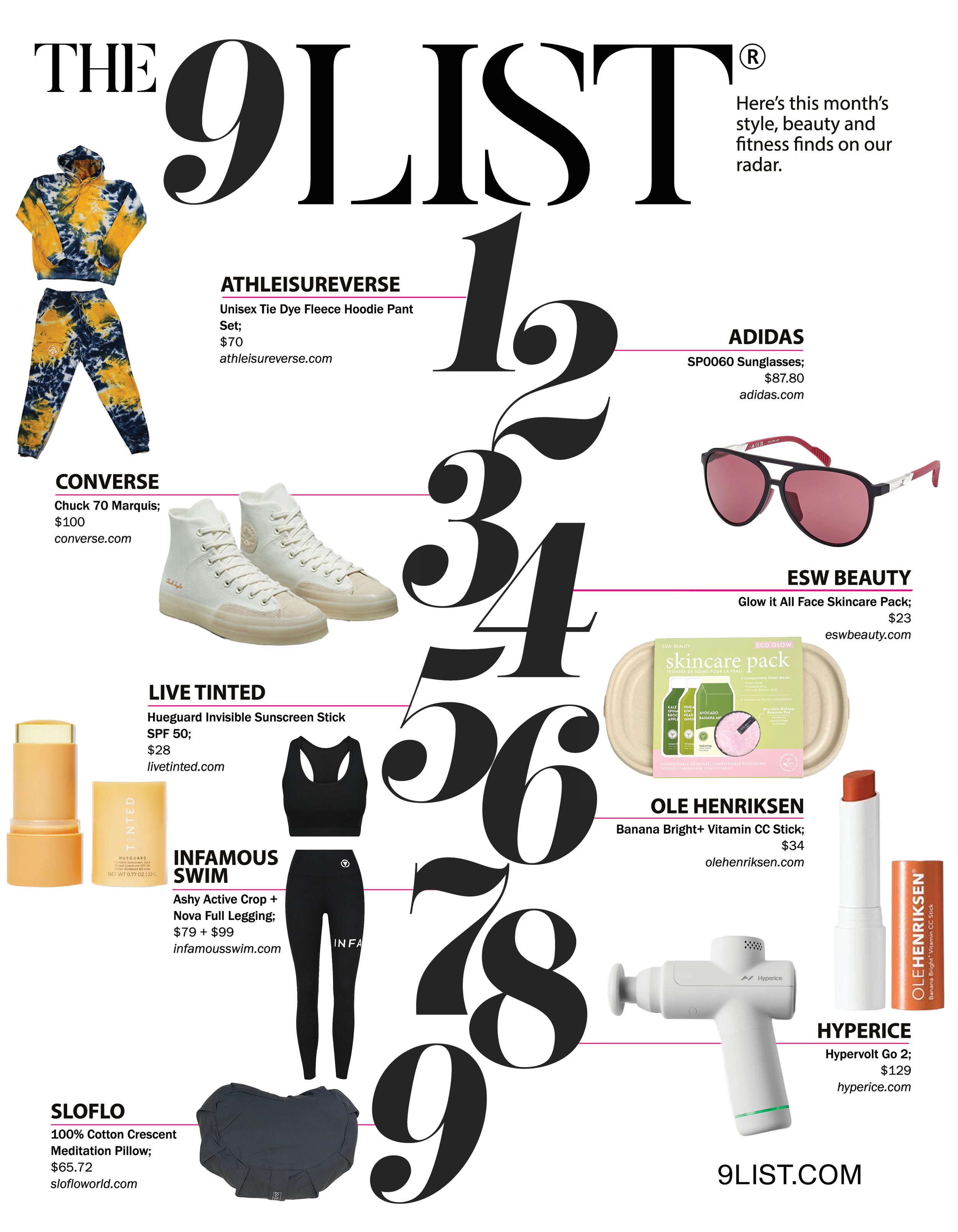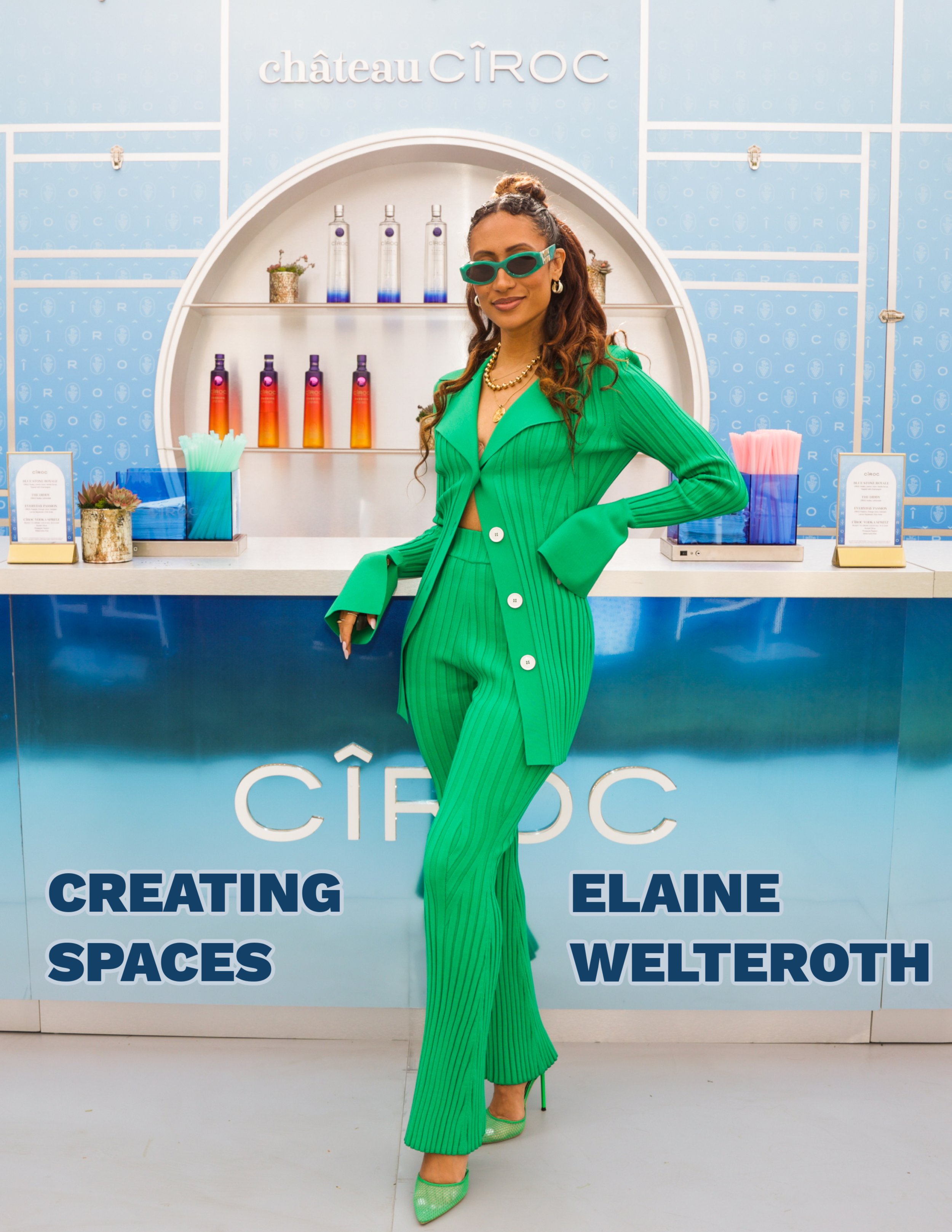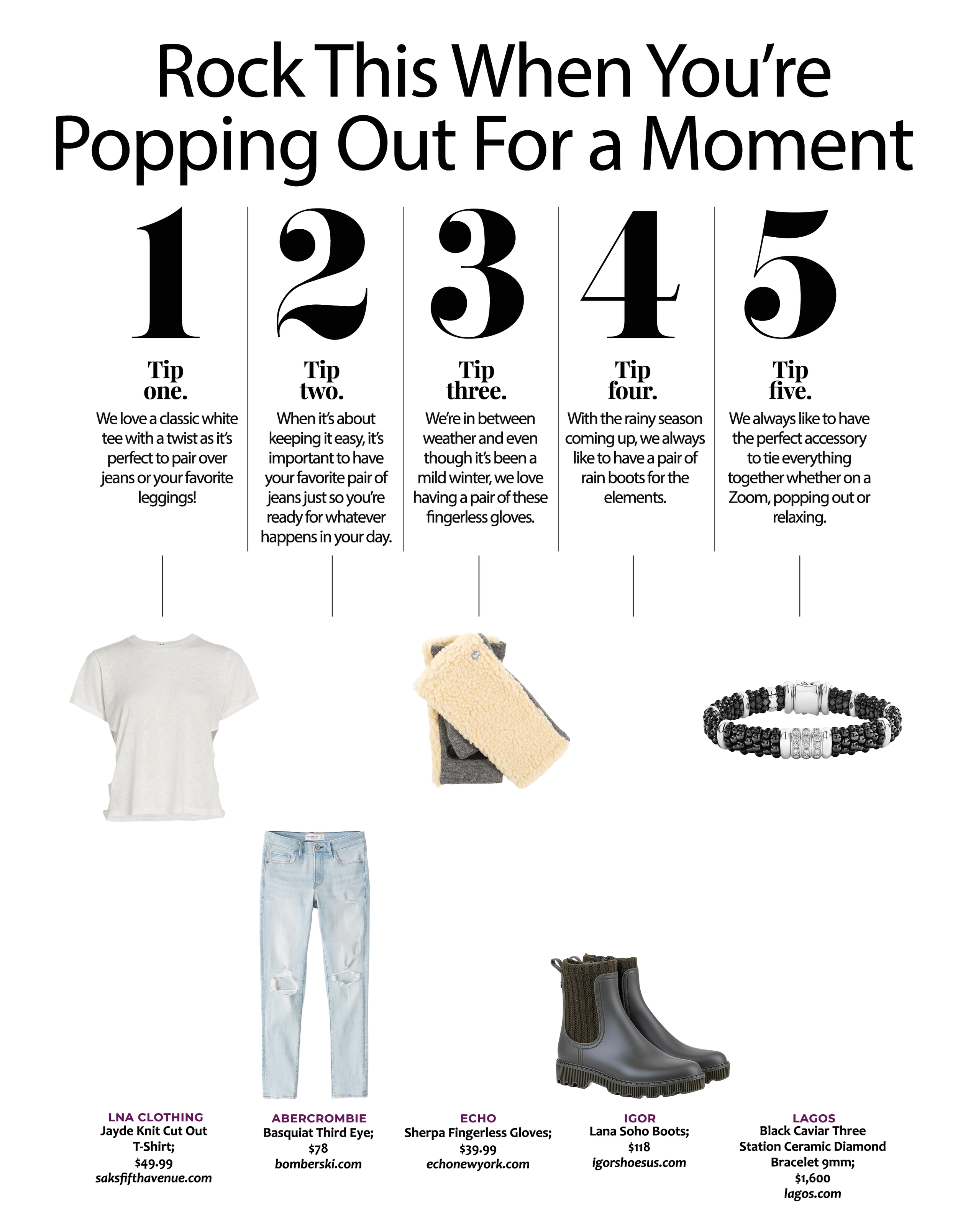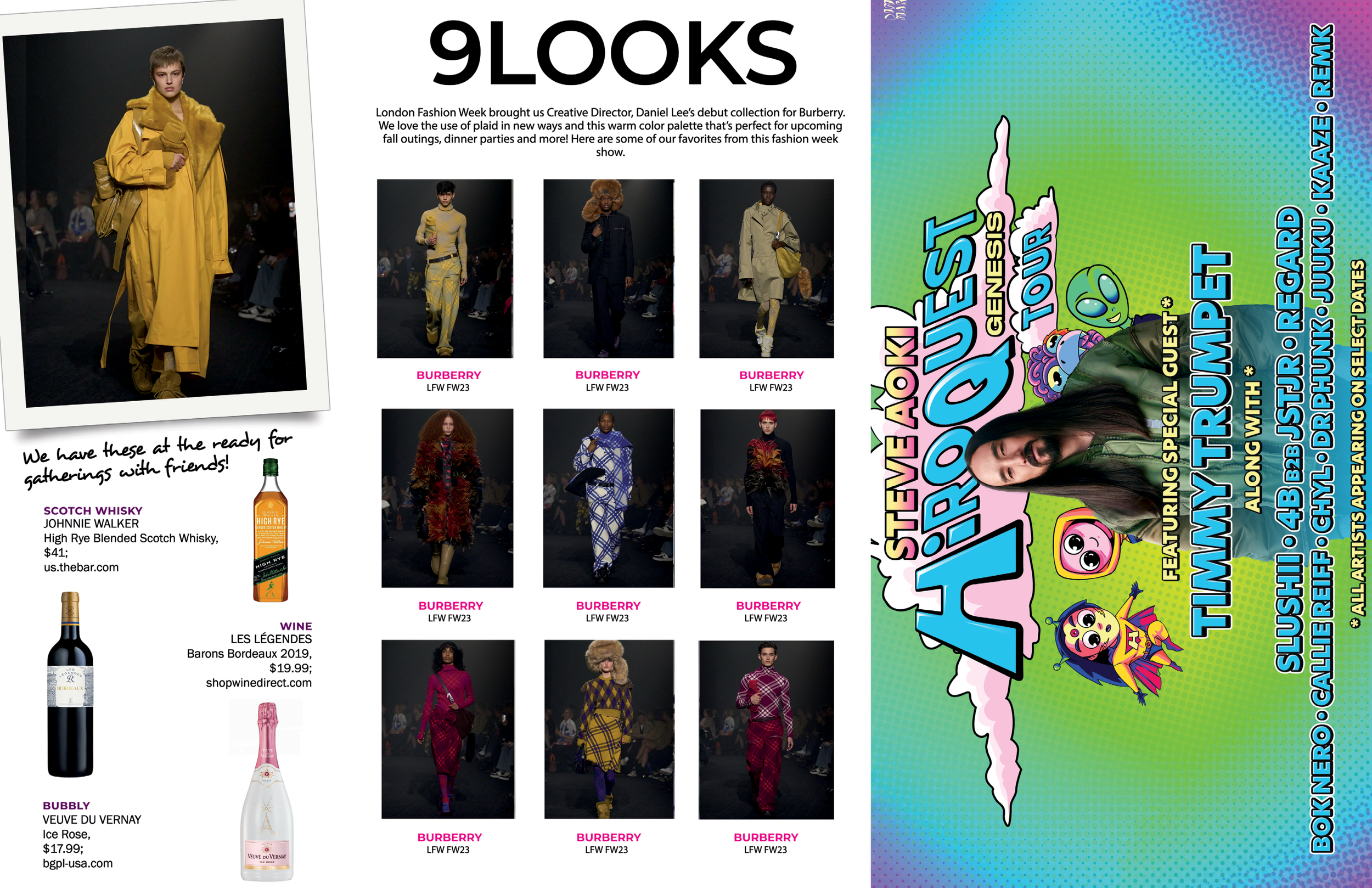AM: That’s very true!
JT: Even though the industry post Leonardo DiCaprio and Blood Diamond and the response to the horrible things that happened in Sierra Leone, they have tried to implement more practices to be more accountable when it comes to sourcing. It’s not perfect and it’s far from it. That was something that we felt! We were always a little uncomfortable in saying that we actually don’t know 100% even when our suppliers are telling us that they came from this mine in this country – it’s very hard to actually validate that. So lab grown diamonds were very attractive for that reason. They pose a very significant societal benefit to be able to know that this diamond didn’t come out of a conflict zone, it’s not funding war, we know that it was grown here, it was polished here, and we can actually track it. That was very attractive.
Also, lab grown diamonds aren’t controlled by the big conglomerate, like DeBeers. So pricing was very attractive and pricing has come down since then, but even in the beginning it was such a significant difference between a mined diamond. Customers loved it! Who doesn’t love the idea of getting a diamond that they feel better about socially and environmentally, but that it also costs less. It’s a no-brainer and at the beginning, we started offering our customers both and asked which they preferred and the overwhelming majority were choosing decided to really lean into it and now that’s all we advertise on our website and it’s been great!
AM: I love it! I know that it’s something that I personally enjoy and I also love that over the past few years, the depth of colors and different options that are available – it’s interesting to see where that part of the industry has gone and it does make me feel that when I am wearing it, I know exactly where that came from! Like you said, I don’t want to wear something that is funding situations that I don’t support.
So for those that are looking to buy lab diamonds, what are things that people should be aware of whether they’re purchasing from you or another store in the marketplace to consider?
JT: Yeah so, there’s some real basic things. You know about the 4C’s – diamonds are graded in 4 basic categories. The carat weight which is how much the diamond weighs when we put it on a scale. The cut grade which is the brilliance and the sparkle that the diamond has, the color of the diamond which is how much yellow or brown or colored hues that are saturated in the diamond and how visible that is. Then it’s the clarity which is internal characteristics that happen as diamonds form whether it’s in the Earth or in the lab. They have the same clarity inclusions and the more they are and the more noticeable they are, the less valuable the diamond is.
Those are the 4 basic factors and then it gets pretty nuanced. I’m kind of a nerd about this stuff!
AM: Loving this as it’s my wheelhouse!
JT: There are a couple of big things that aren’t necessarily – like if you were on a website in their database and you were trying to choose from your computer screen or if I’m looking at a suppliers list of inventory and looking at the numbers, there are a few things that don’t show up.
The first one is color nuance. So this happens in mined diamonds some depending on where they originate, sometimes they have a prominent green or brown color and that color is undesirable and it’s not pretty. It’s not enough green to make it an actual green diamond or enough brown to make it a colored diamond. It’s a hint of it and it makes you think that you want to clean the diamond. But when you do, nothing changes so that’s true for lab grown diamonds as well. One of the most common color nuances is blue. Blue can happen naturally by the chemical boron. It can make the diamond a little bit blue it can make fluoresce under black light. If there is a lot of it, it can make a really beautiful color. So in nature that happens and it’s very rare and blue diamonds are very, very rare. But if there is a little bit of it in there, it has what we call a nuance in it. And again, unless someone wants something that is a tiny bit blue, it’s not a desirable trait. Oftentimes, it’s not offered on the grading report. Sometimes it is if it is very strong and it will say in the comment section, blue nuance. But it’s not often that that is the case. That happens with brown and grey and even green. So that color nuance is something that when I am buying diamonds for inventory or sourcing for a customer, that is an additional criteria that we’re really picky about and we don’t want to have any kind of color nuance in a diamond.
AM: That’s really interesting and why do you think that people don’t really list the nuance?
JT: That’s a great question and I have gotten a lot of different answers from all of the grading laboratories. But basically, their mission is to provide reliability in a third party grading report for consumers so that they have confidence in what they are buying. There is so much that goes into grading and analyzing a diamond and they want to make sure that it is digestable for the public and that it's not too much to figure out. They want to make it simple and effective so there are these things that are right there on the border that I would love as someone in the jewelry industry, I would love to see that on a report and that additional analysis. But I think that out of simplicity and also, I have to say that a lot of people don’t care as much. A lot of jewelry is made for chain and mall stores so it’s bought in a different way than how our customers come to us when they make a purchase. So there’s also a massive percentage of the market that doesn’t care. You’d have to call and interview GIA to get a response which would be better than mine, but I have the sense that they don’t want to devalue the product.
AM: I think that what you’re saying makes sense to me. When you talked about the nuance, it’s the first time that I have heard of it and after you explained it, I know it’s something that I would be looking for as I’m someone who really does care about details like that. But I can also understand that for John Q Public who’s going to his local mall, you know the 4Cs and that may be tapping you out a little bit.
JT: Yeah. They want something that’s beautiful and is going to go into a great piece of jewelry and not everybody is looking for that detail and they just want to know that it looks nice.
AM: How long does it take for a lab diamond to go on its journey from being what it starts as to a piece that can go into your ring?
JT: The bigger the diamond, the larger it takes. But the average size I would say is between a 1 and 2 carat diamond and that takes about 3-4 weeks to grow. Then it has to be cut and polished like a mined diamond does and depending on that process it’s another couple of weeks. It’s pretty fast!
AM: Oh wow! That’s very interesting.
So, just like in fashion there are always trends. What are the trends as it pertains to diamonds and gemstones in jewelry and more particularly in engagement rings?
JT: As far as diamond shapes go, oval is really the most popular shape and round diamonds are the most classically always popular choice and always in style. Just like I’m sure fashion does, it’s cyclical really. What’s popular in the 70s comes back in time again and the same with jewelry.
A fun thing that we’re seeing right now is that marquise shaped which is like a football shape, that’s becoming really popular again. I probably went 10 years like in the early 2000’s never selling it because no one wanted it and so that is coming back which is fun! It’s a fun shape because it’s really big for its carat weight, but it covers a lot of surface area and you can do some fun things with it from a design perspective. Radiant cut and cushion cut is popular also and then as far as jewelry styles, yellow gold is one of the most popular color metal right now. If we were talking 10 years ago, rose gold would be the most popular metal. Yellow gold is like the round diamond shape, and it has always been really classic. It’s really popular right now. Of course silver an platinum gold, the more silver looking metals are steadily really popular.
Thicker bands are very popular right now. We went through a phase where everyone wanted thinner or very dainty bands with little prongs.
AM: Which I was never a fan of!
JT: Yeah, from a durability standpoint, it’s kind of scary! One of the things that I know from the technical standpoint, wider and chunkier rings are becoming more popular which is very cool and they just hold up better!
AM: For lab grown diamonds, can you pretty much get any shape just as you would in natural?
JT: Yeah the supply has become much better. In the beginning, it was very hard to do that. Because there were only a few growers and the inventory was very limited and it was getting sold very quickly to the buying networks around the world. Now, you can basically get whatever you want!
We’ve custom grown and cut diamonds for customers that want something that’s not available. We did a 3.5carat portrait cut which is a very thin diamond that’s flat on the top and the bottom with facets around the edge so that it’s sparkly on the edge but completely see through in the middle.
AM: Oh wow!
JT: We set a little green emerald right underneath that diamond so that you could see through to that emerald on the ring. That custom diamond was custom grown and custom made for that customer because that’s not a readily available diamond on the marketplace.
AM: That’s interesting!
JT: So there is a lot of availability right now. It’s really exciting.
AM: I love that because I have always been a fan of Asscher and Cushion Cuts. I know for myself over the last 15/20 years, I have always said that I would only wear a lab created diamond. So to see where sites that I have been watching over the last few years have increased their assortment to a number of shapes, cuts, and colors – it’s absolutely amazing. As you said, it’s a lower price in comparison to getting that ring from the natural diamond. So it’s cool to see where the technology and interest has gone.
When people are coming to you, what is the process when someone is looking to have their ideal ring created by you? Not necessarily having you grow the diamond although that is something that’s amazing and what I would want. What would that normal process be?
JT: We have 2 kinds of customers that we serve now. We’ve been an online business since the beginning and have helped customers from all over the US, Canada, and even other countries. They contact us through our website and we have a team of design consultants where after they fill out a design form, they take it from there and work with them step by step to make sure that they at first know their vision and that the customer gets exactly what they want. We give them a very accurate quote from us so that the custom er knows exactly what it costs and then if they decide that they want us to make the ring for them, we do half the deposit up front to get started. Our design team then renders the ring digitally with our software so that the customer can see a photo realistic rendering of what the ring will look at from multiple angles. We even send them a rotating 360 animation and we work with them on any revisions. So it’s a very visual process and we want to make sure that it’s perfect and that there are no surprises when it’s finished. So if they want to have anything altered, we work through those revisions with them and once they approve the design, we finish making it for them. Then, we ship it to them. That’s a really fun process and that’s what we did for a very long time.
Then last May, we opened our first retail store and so we have a showroom now. My wife and I over the years have designed our own line of rings and so we have those on display so that people can come in and browse through our collection and if they fall in love with an existing piece, they get to pick out the exact diamond that goes in the ring. We have an inhouse goldsmith that puts the ring together and they come back and they can pick it up!
Then we can also do the full custom process too. If they have ideas or they want to do combinations or they have pictures, we can go through that process with them as well.
AM: That’s really cool and it’s awesome to hear how over the years you have navigated different ways to approach the vision you have and how you have stayed focus on lab created diamonds! Even with my background in natural diamonds as well as lab diamonds, you left me with some nuggets and details that I will have in my pocket as I purchase pieces of this nature from understanding color nuance and the fact that I could have my ideal lab diamond grown as I am all about customization and I know our readers will love being aware of that as well as knowing about the trends and what’s going on in the industry as a whole as well as in this particular area.
JT: It’s always great to talk and this was just the tip of the iceberg and I always welcome future discussions from you.
AM: Absolutely, the wheels are churning as I think about everything we talked about.
IG @taylorcustomrings
PHOTOGRAPHY COURTESY | Taylor Custom Rings
Read the JAN ISSUE #97 of Athleiure Mag and see BEHIND THE SPARKLE | Taylor Custom Rings in mag.

